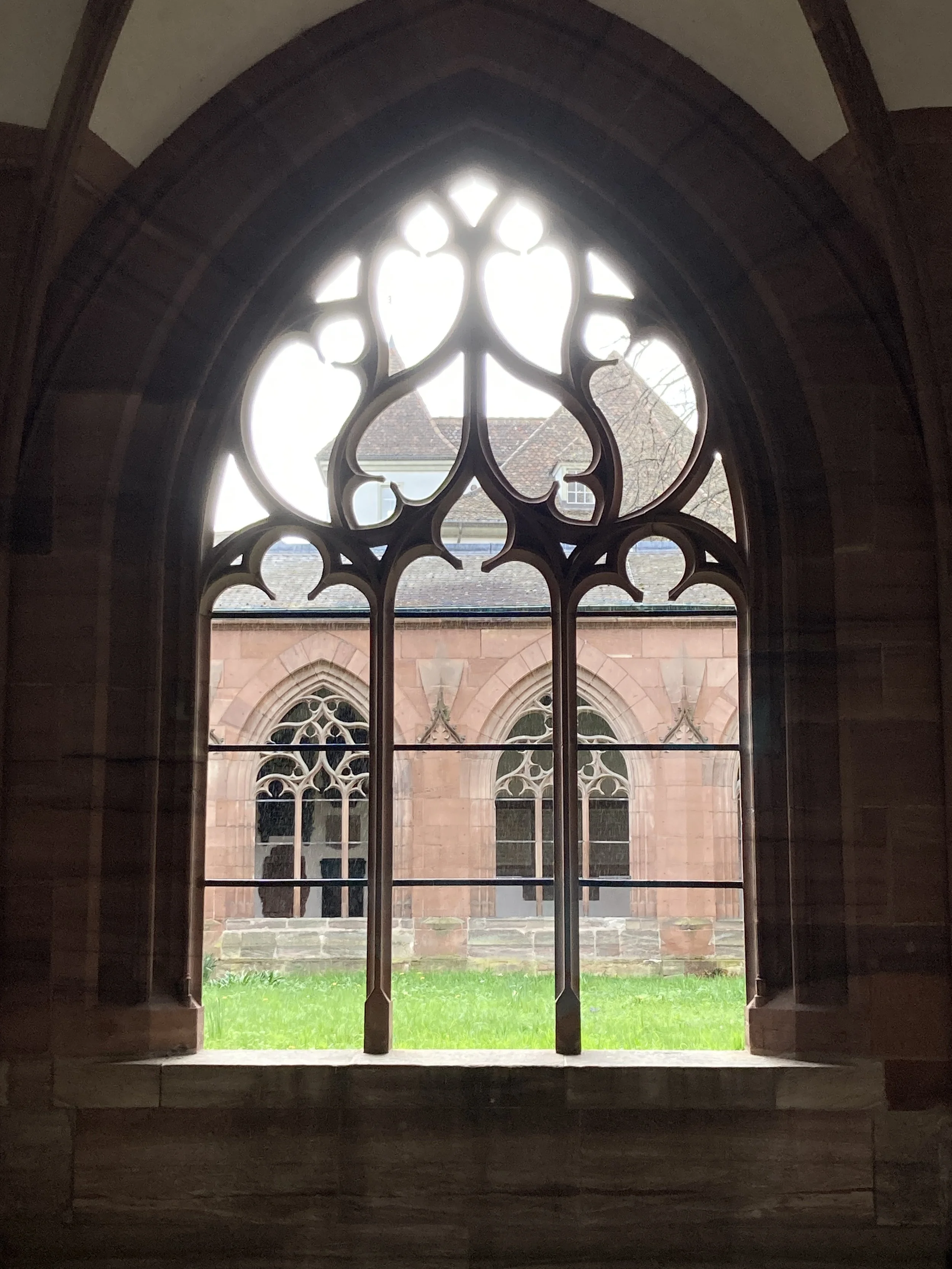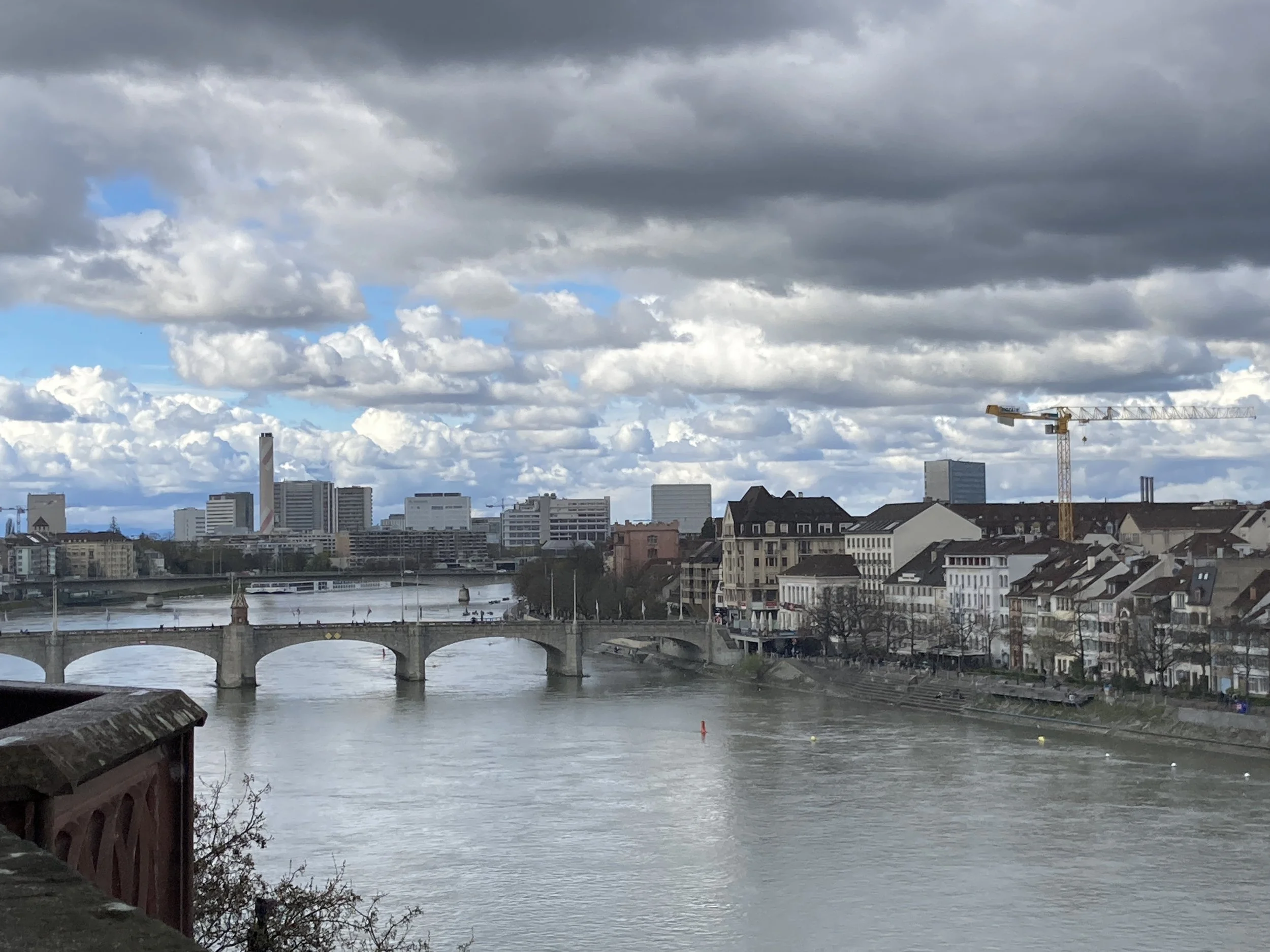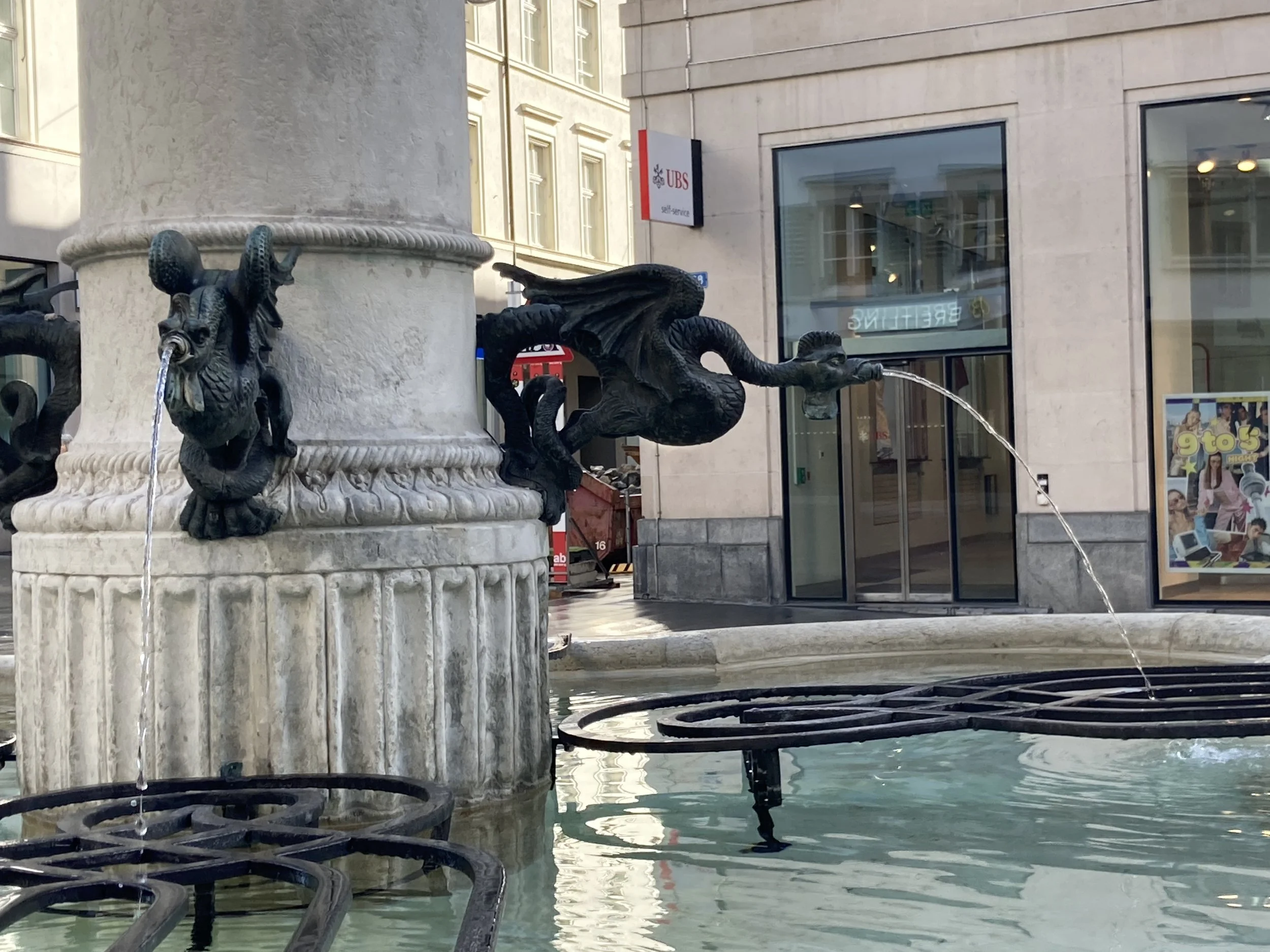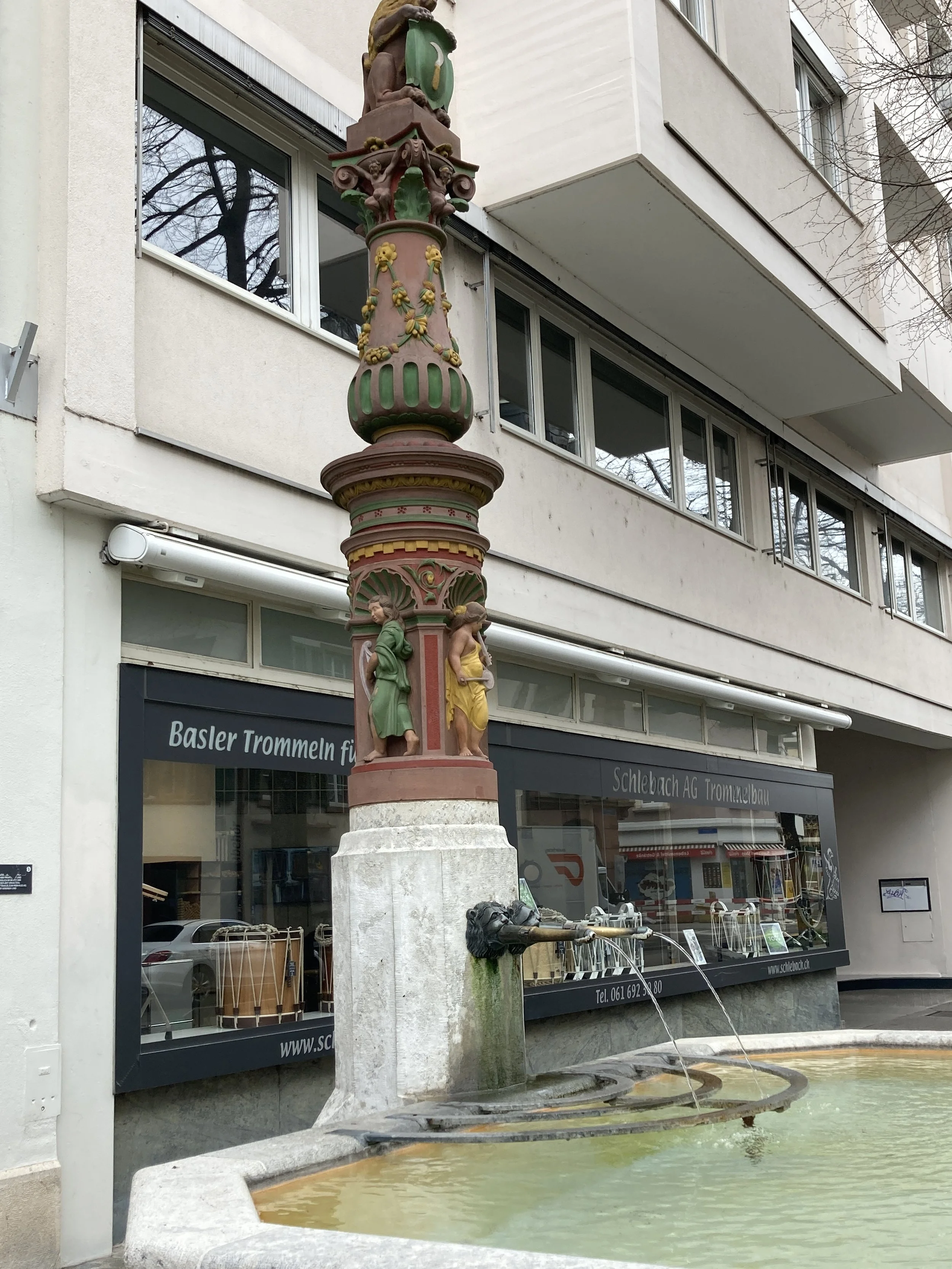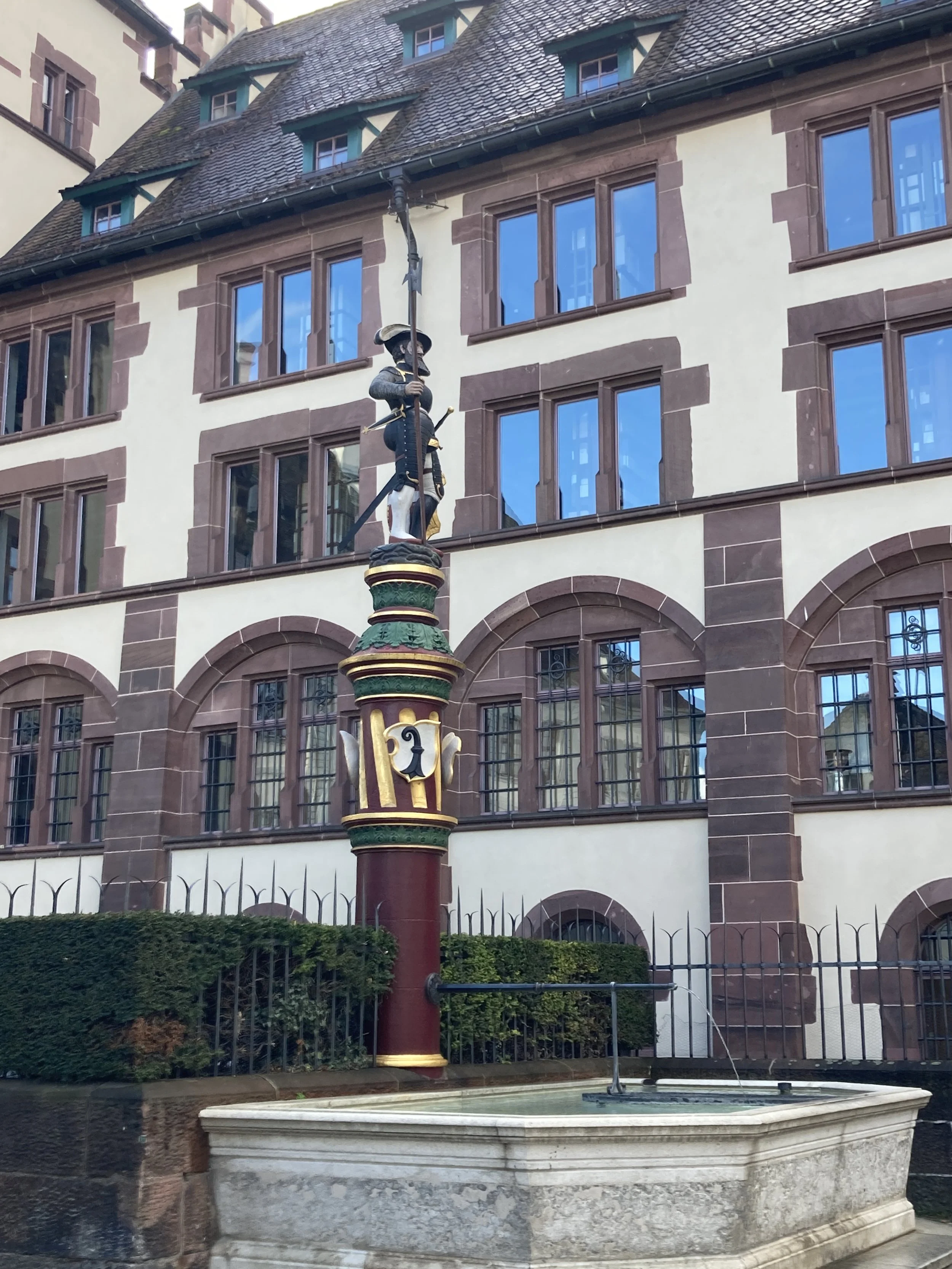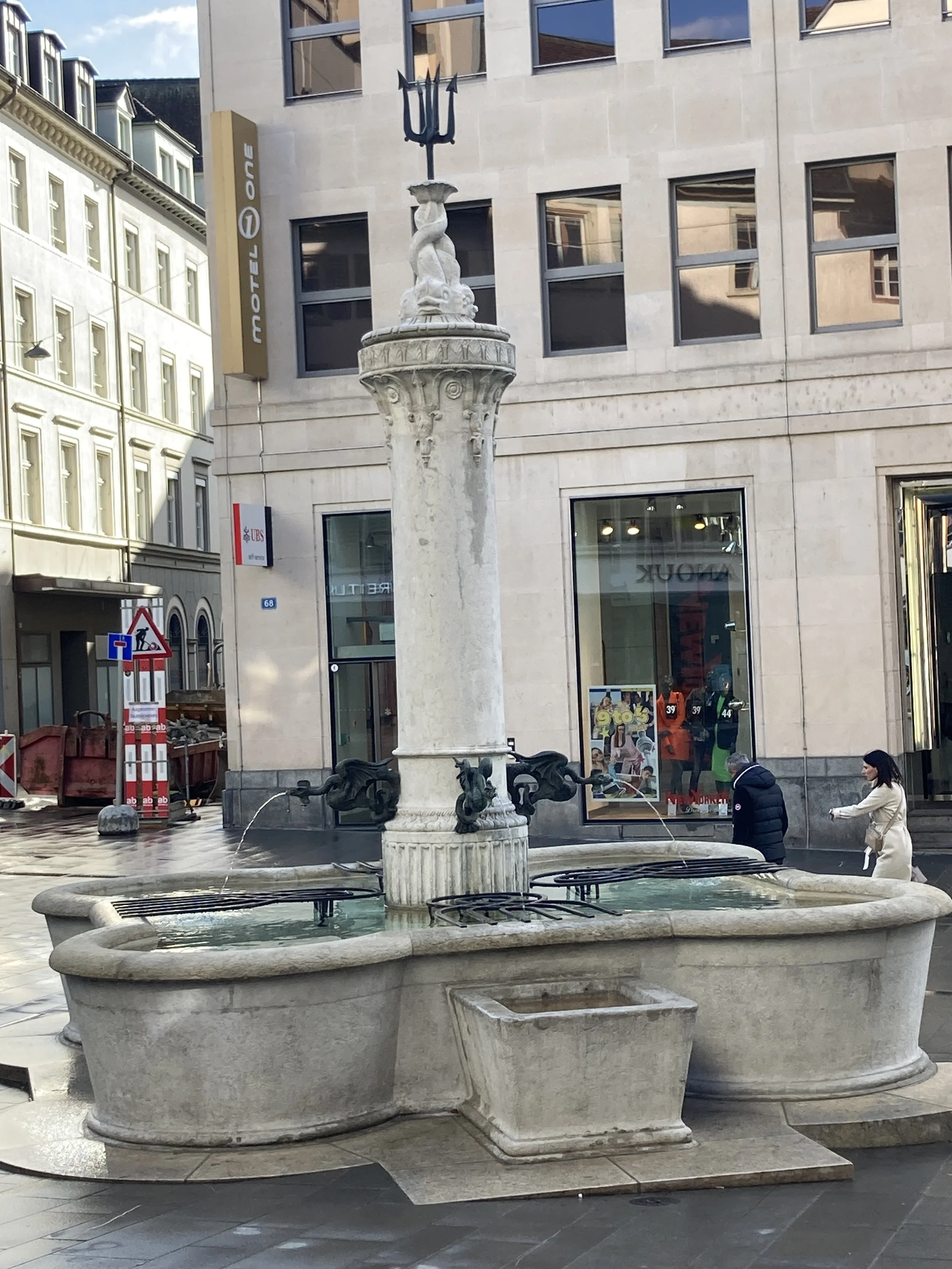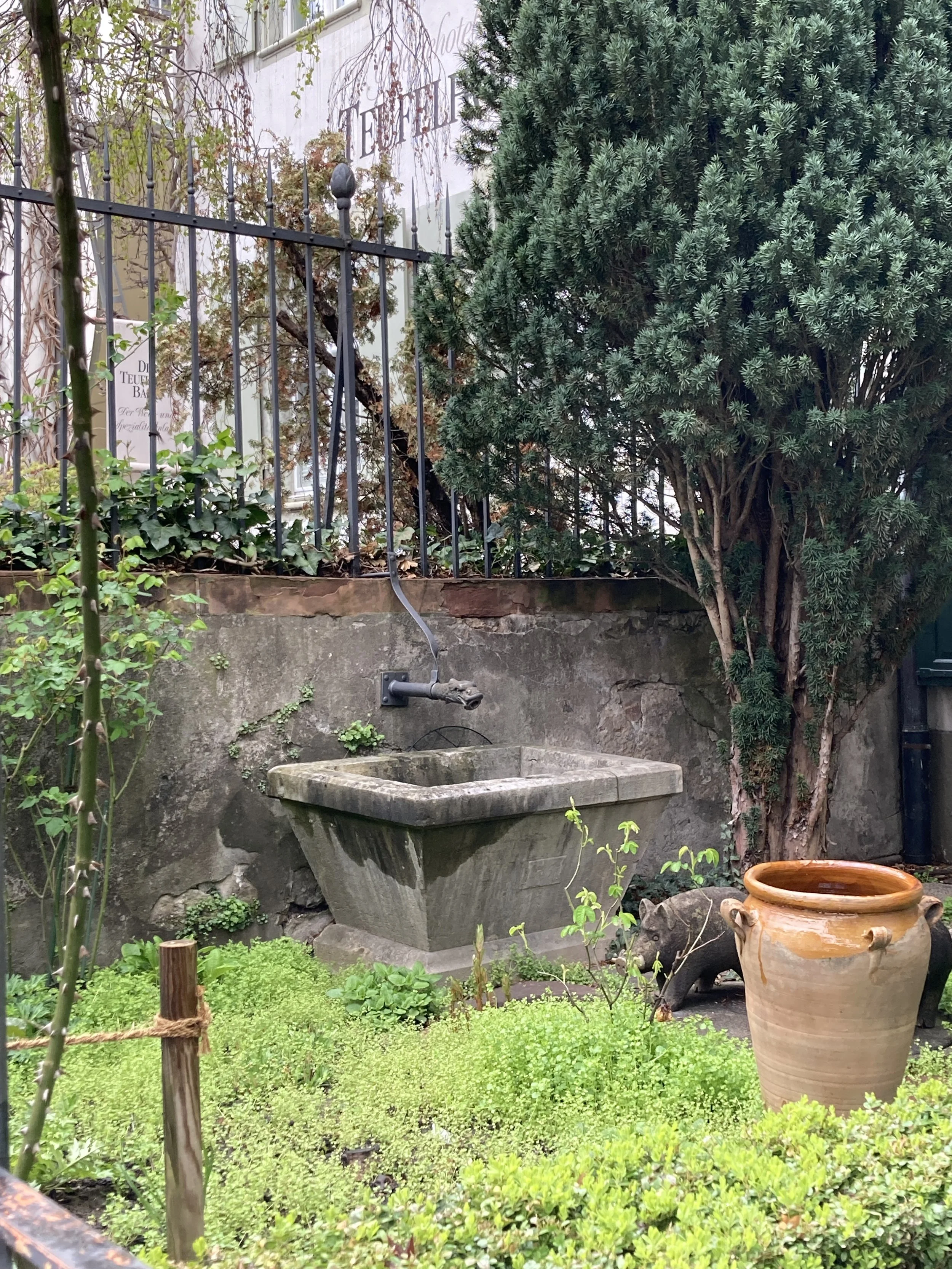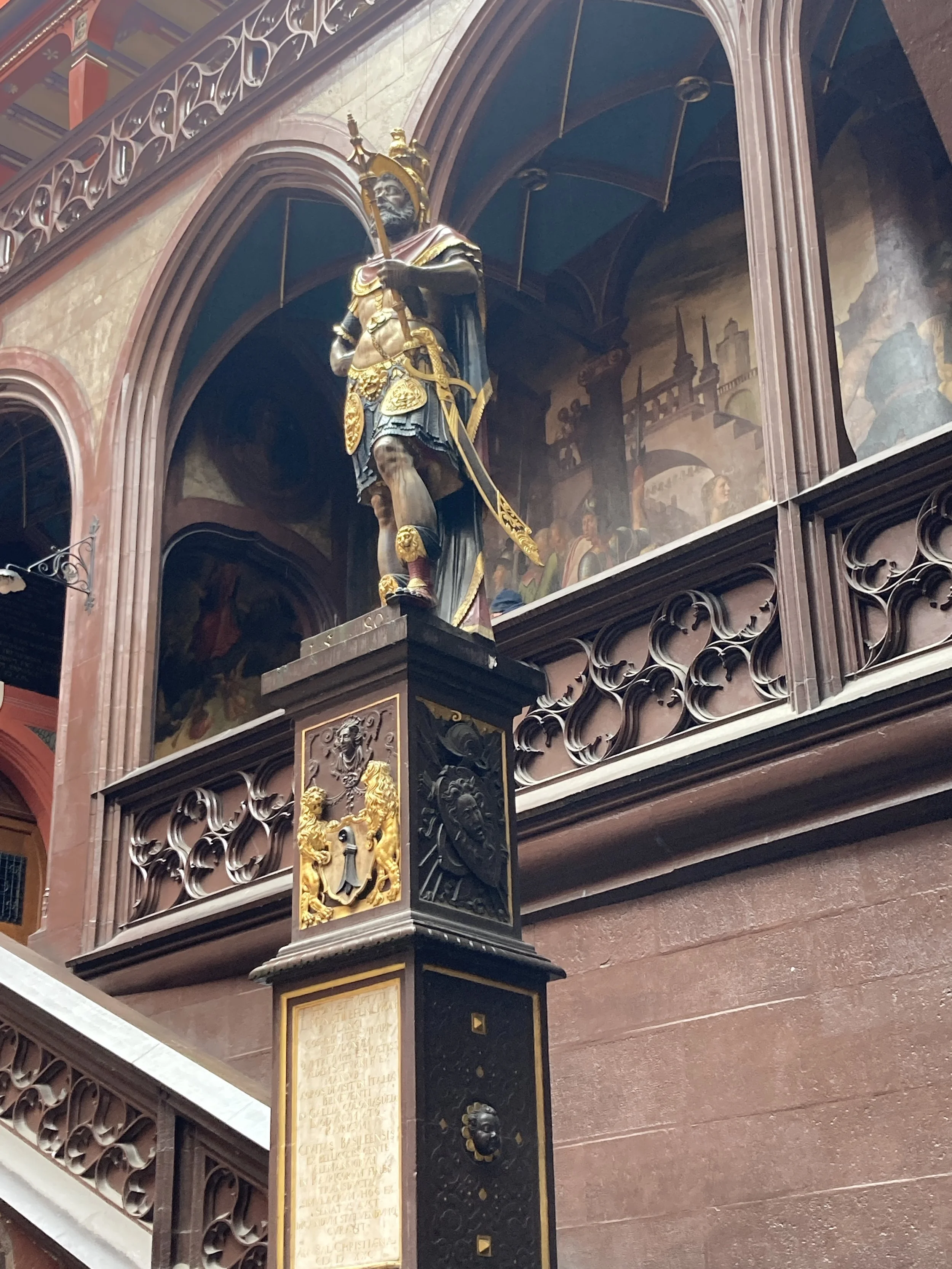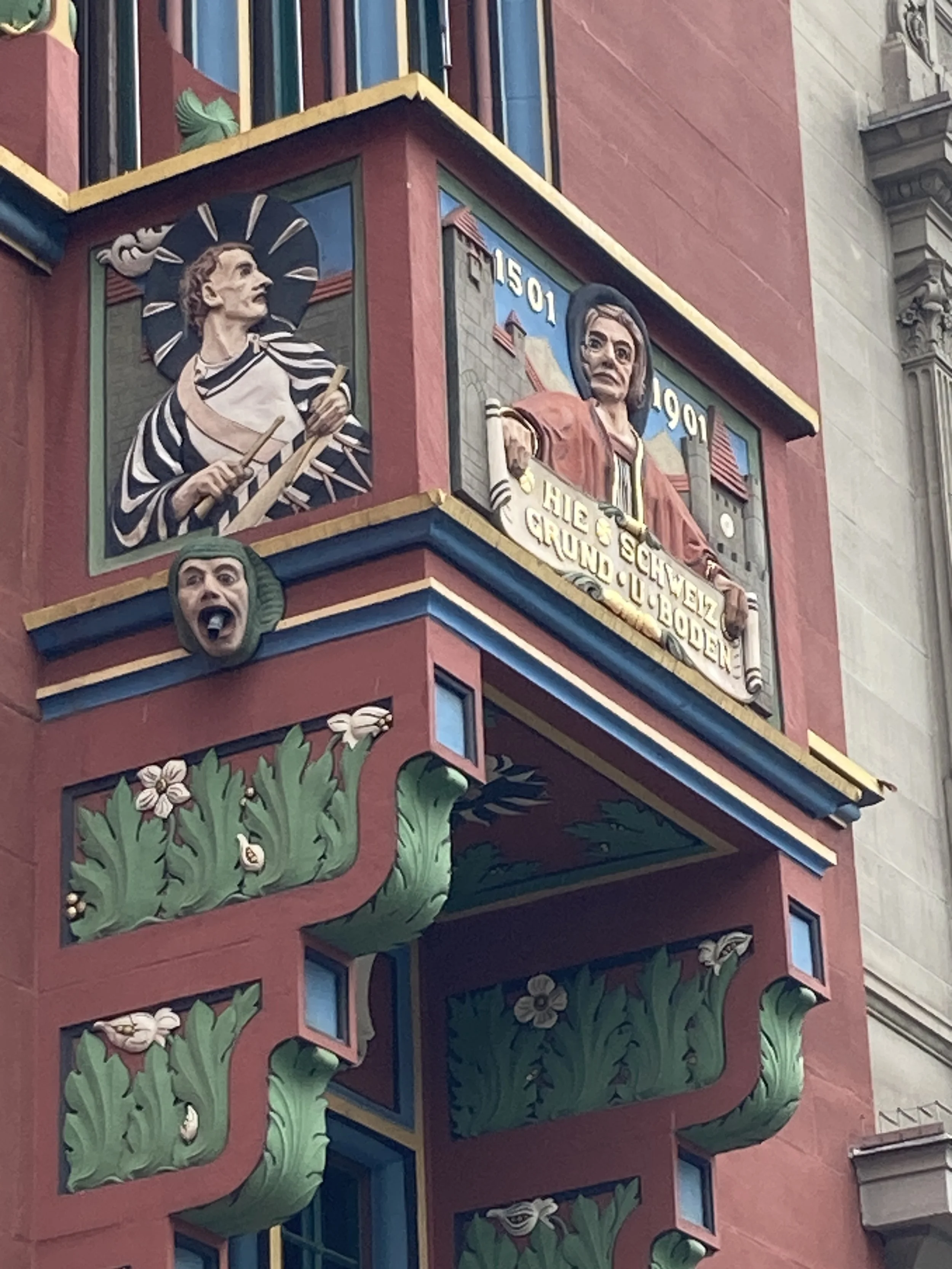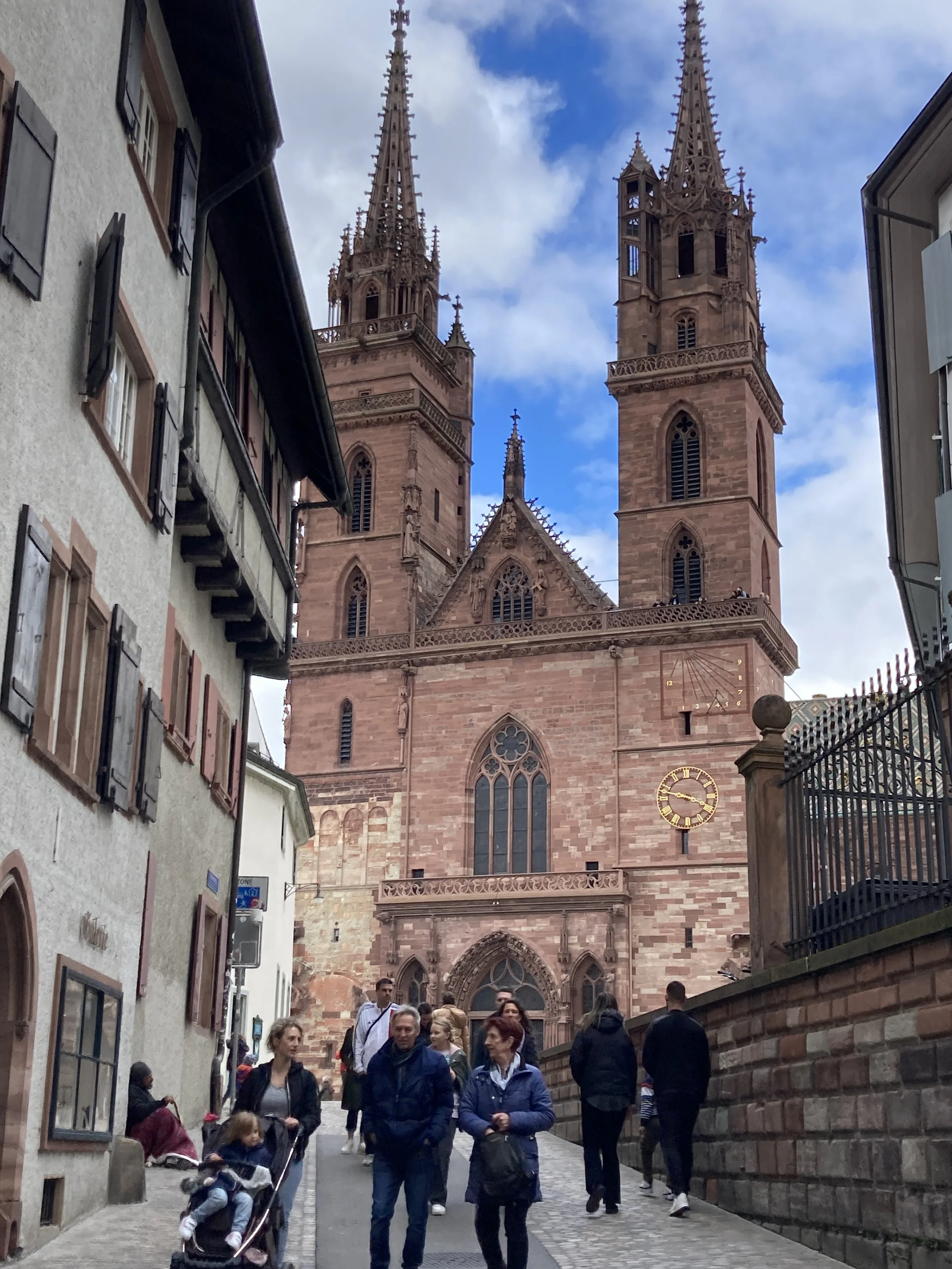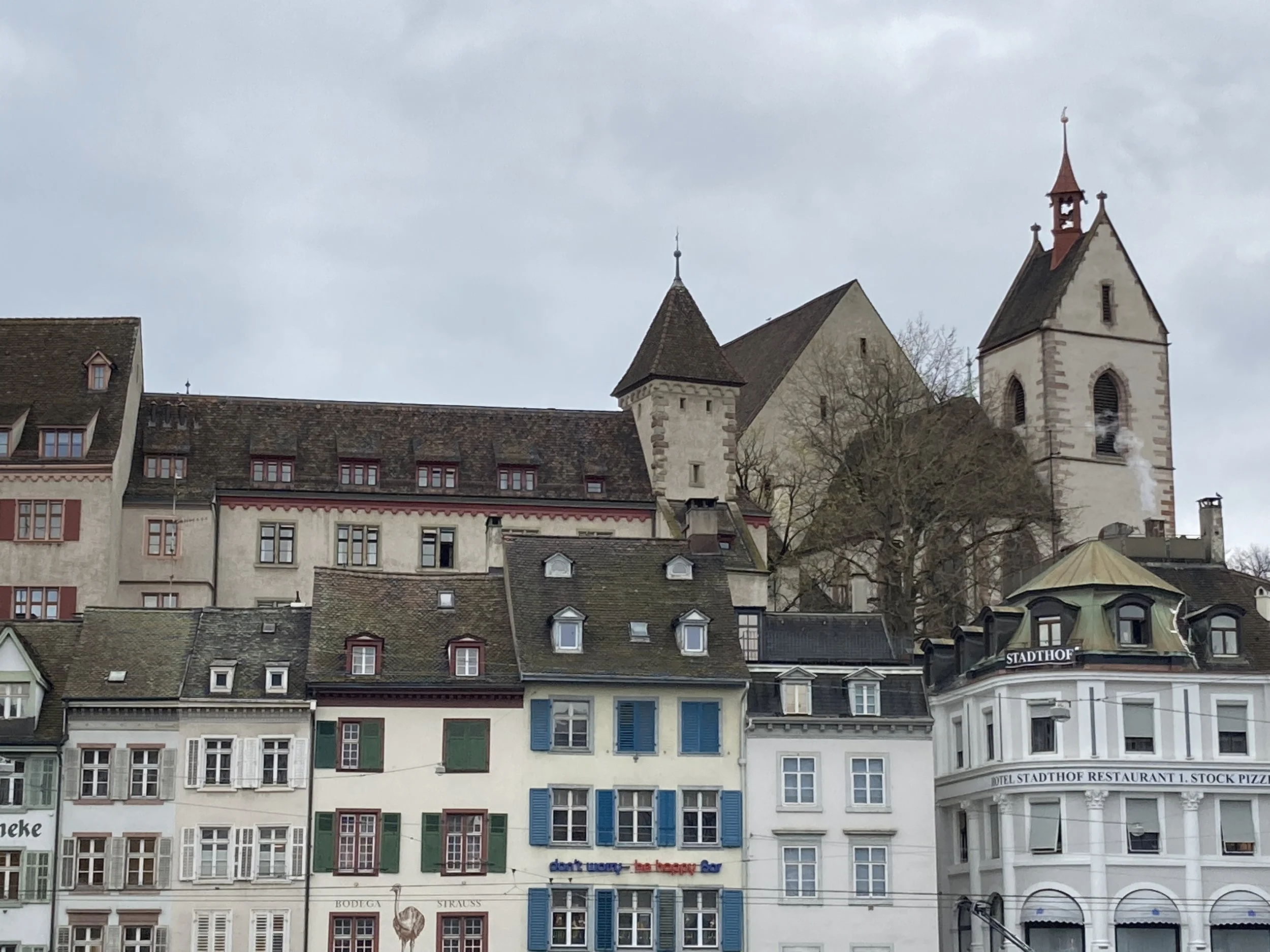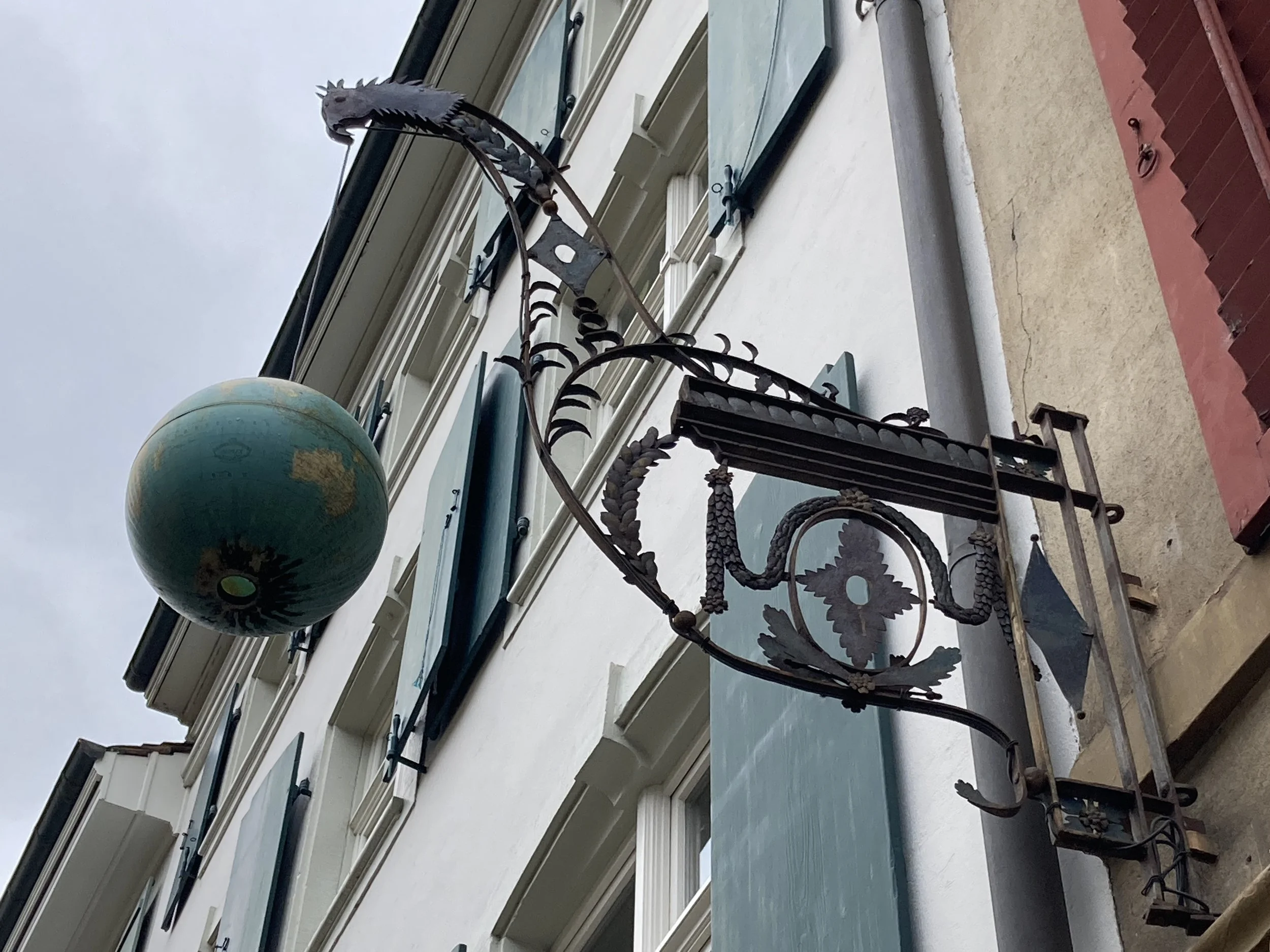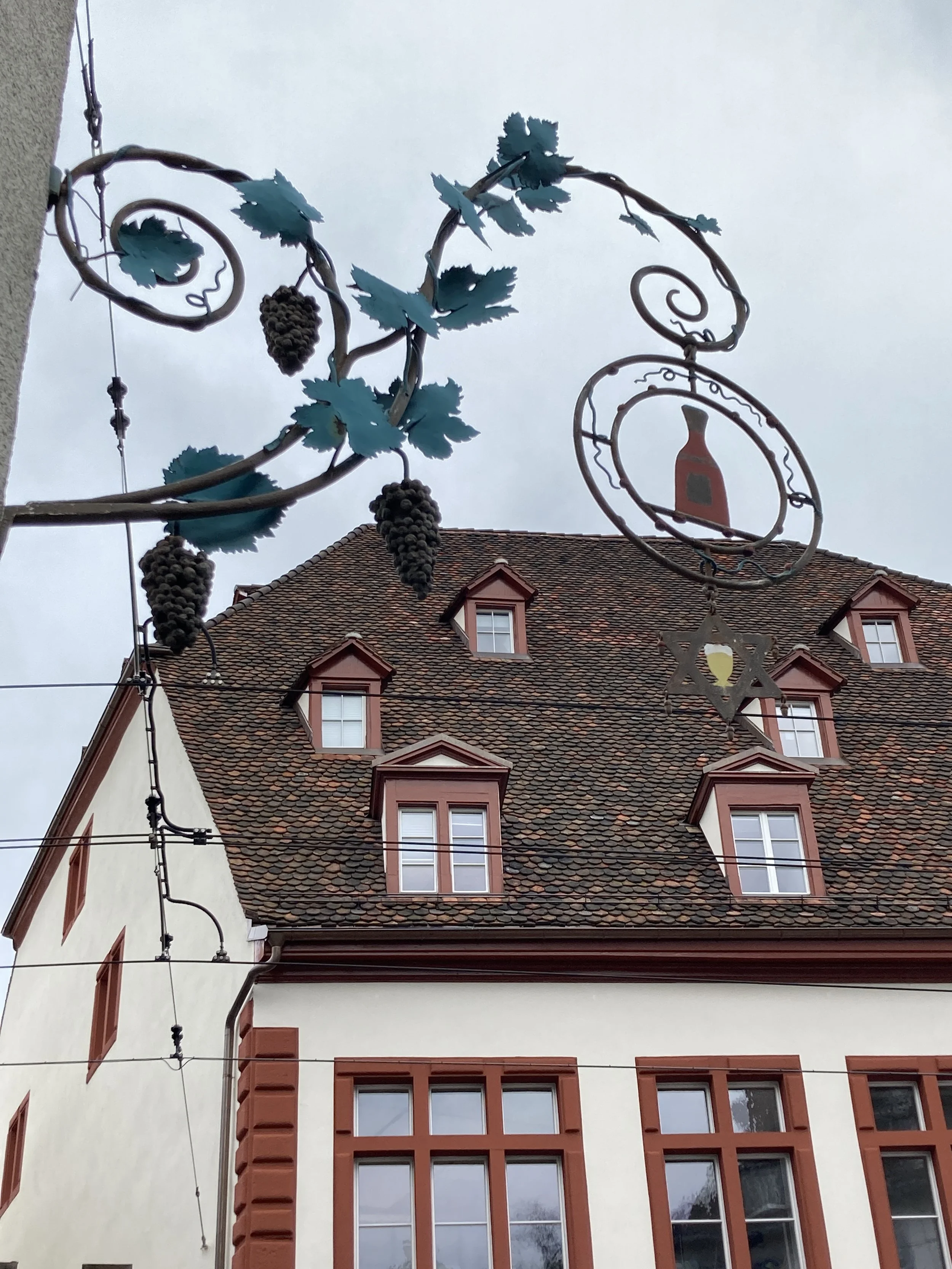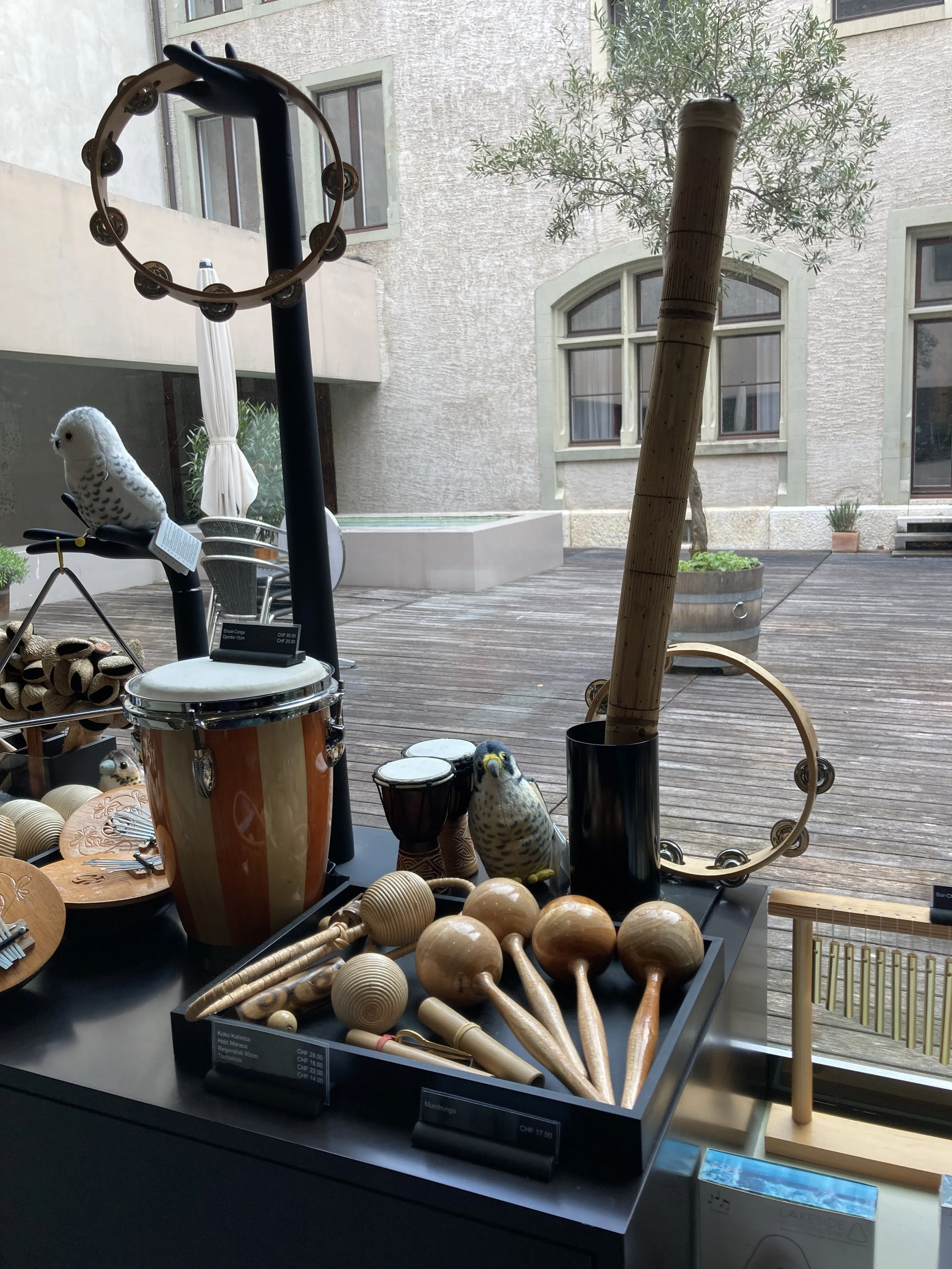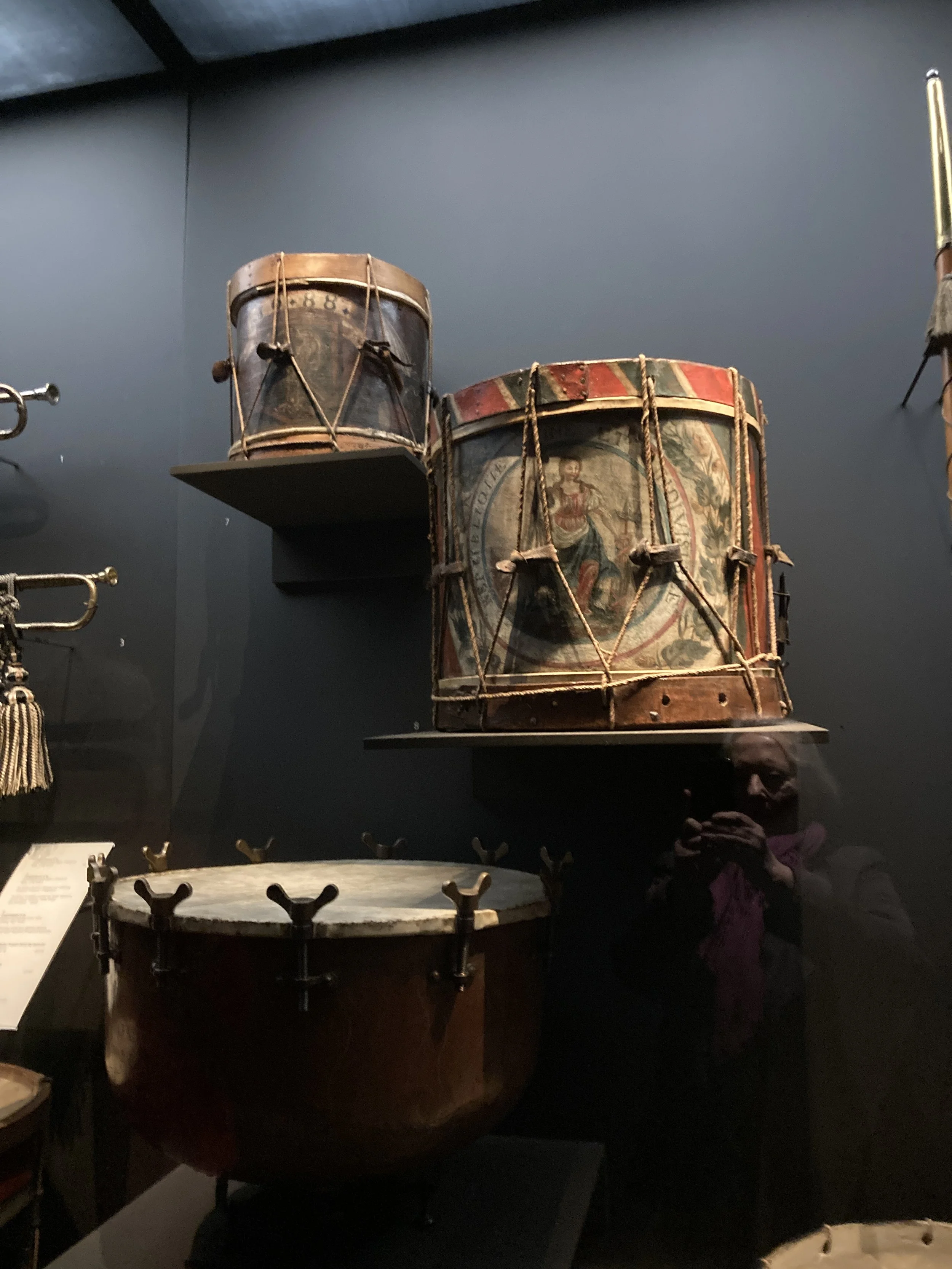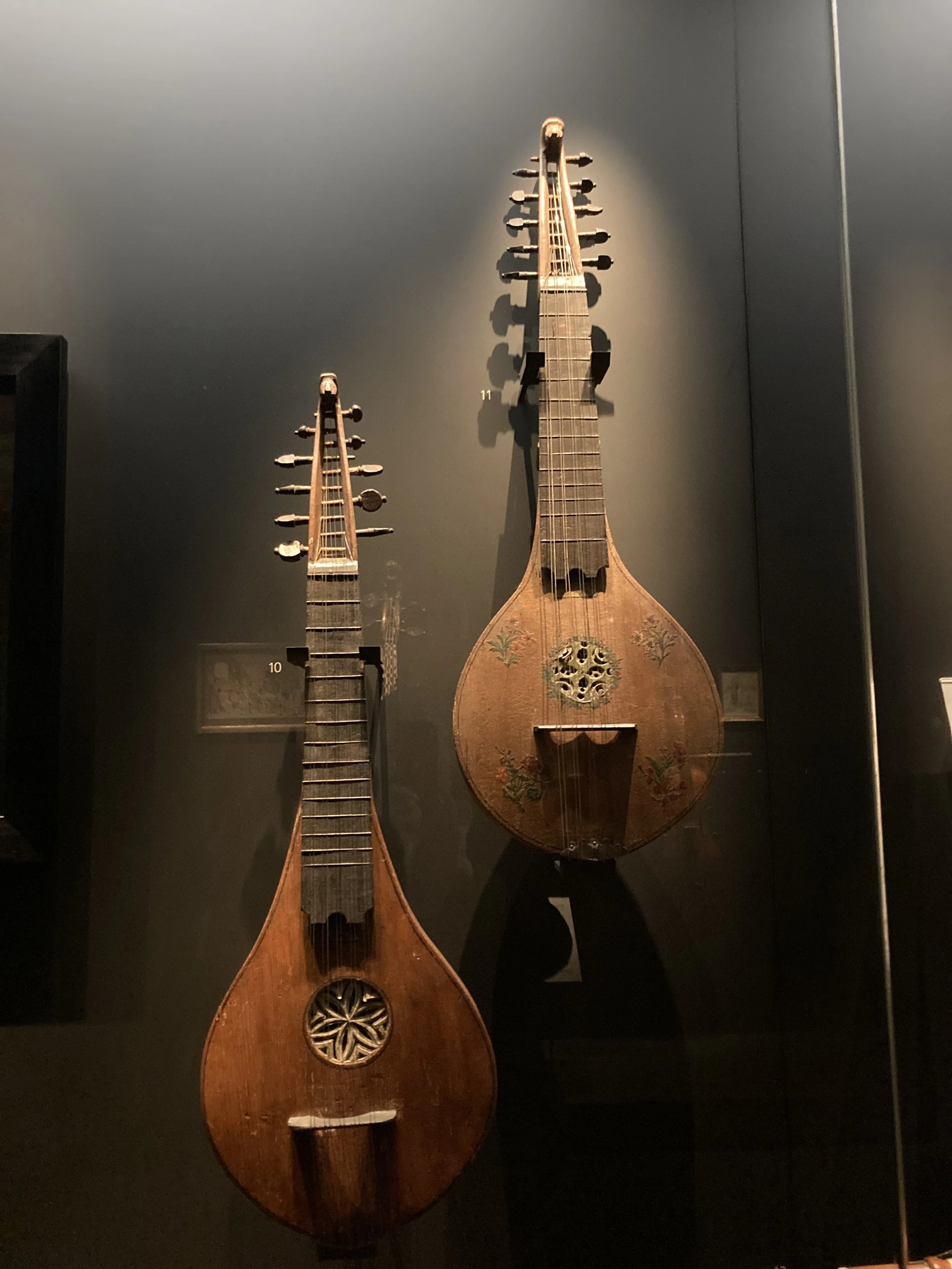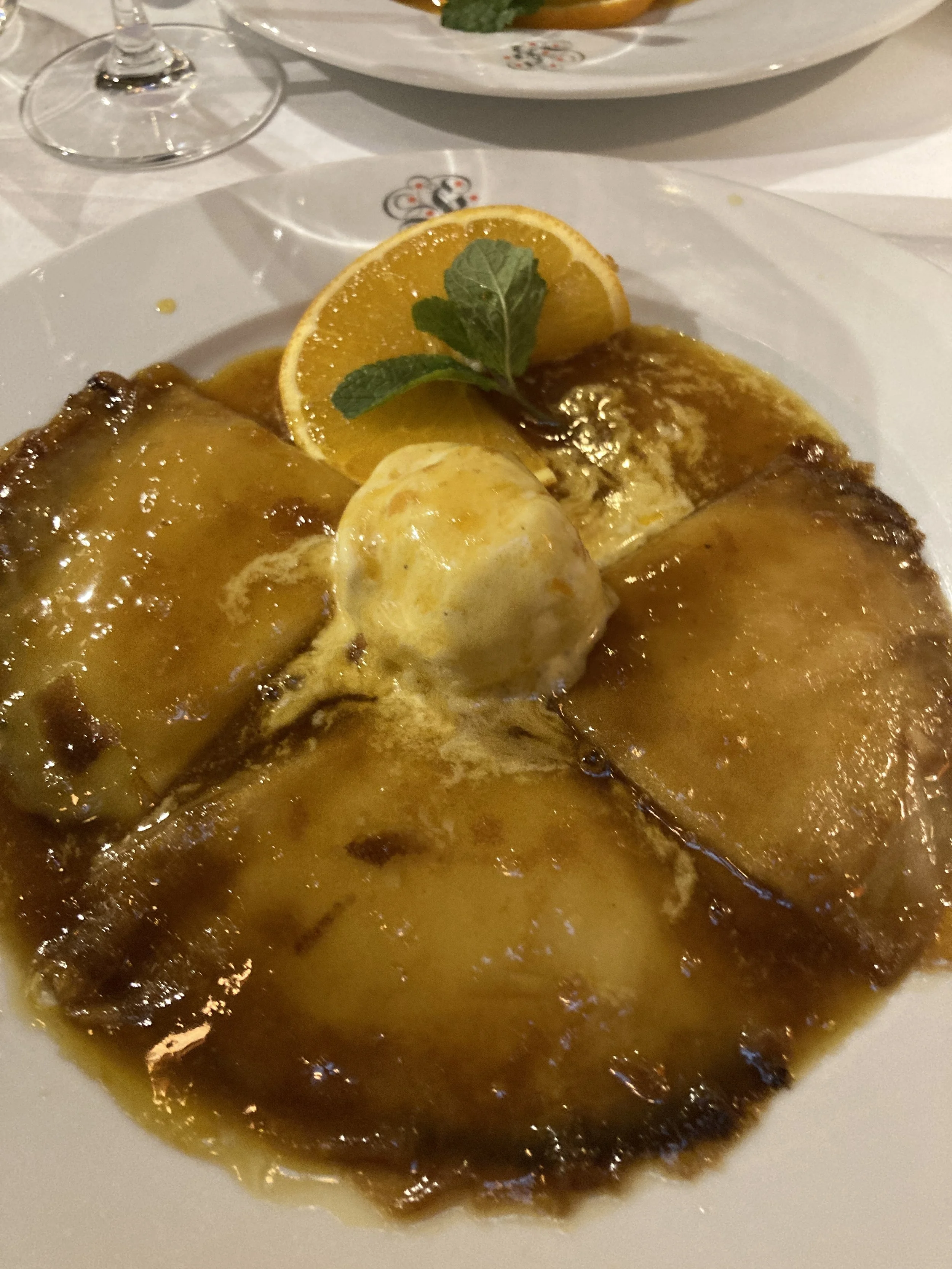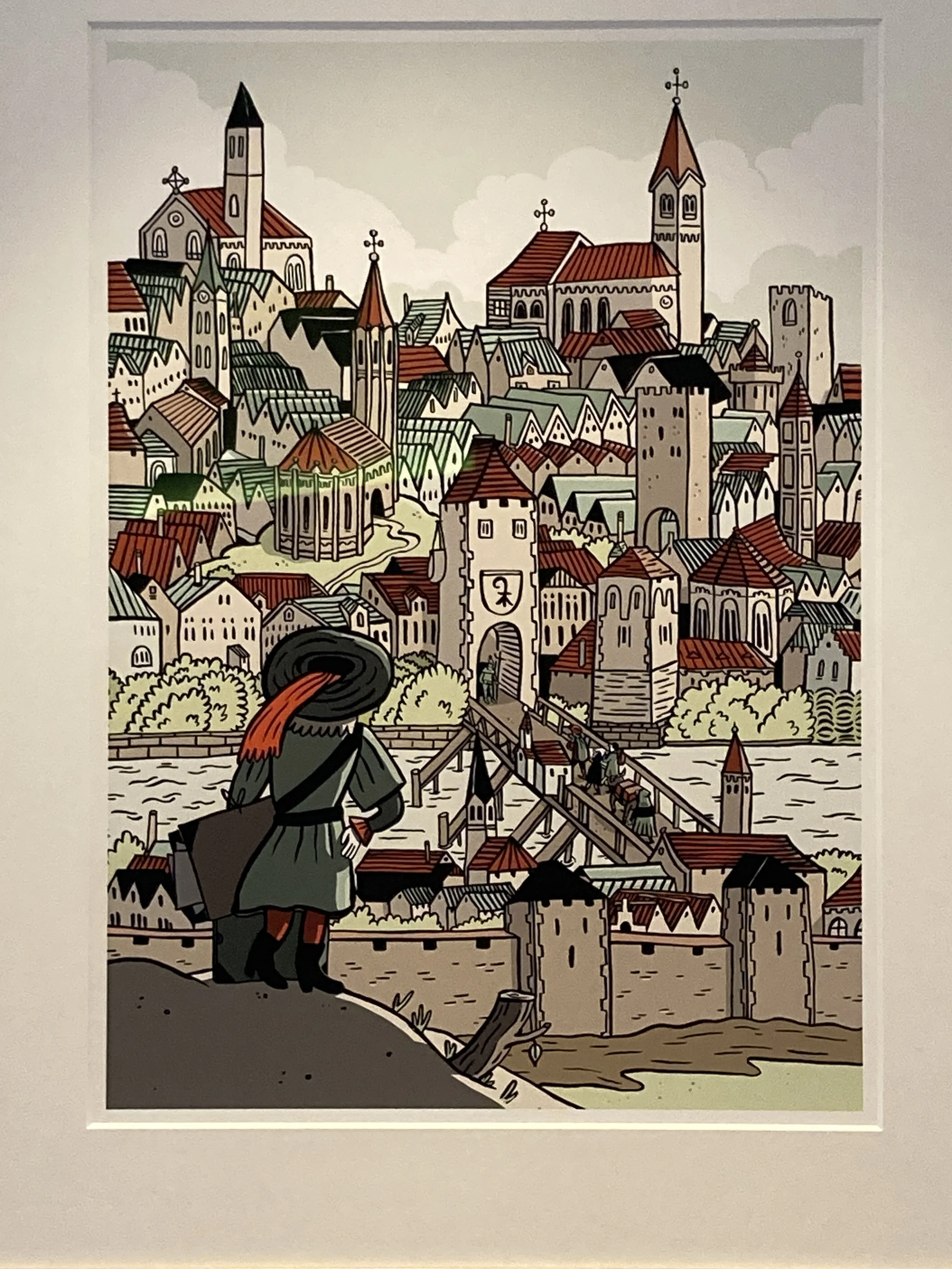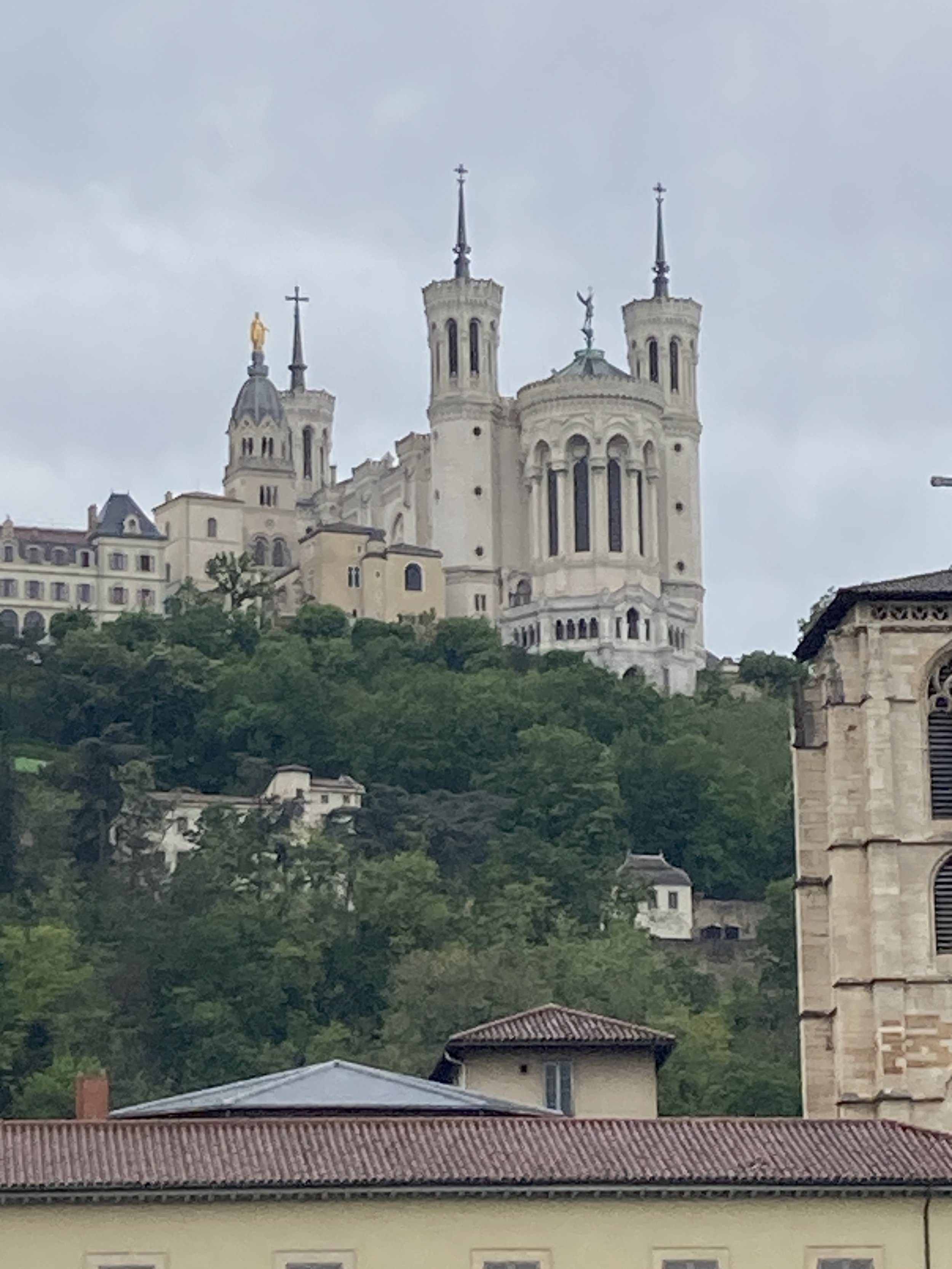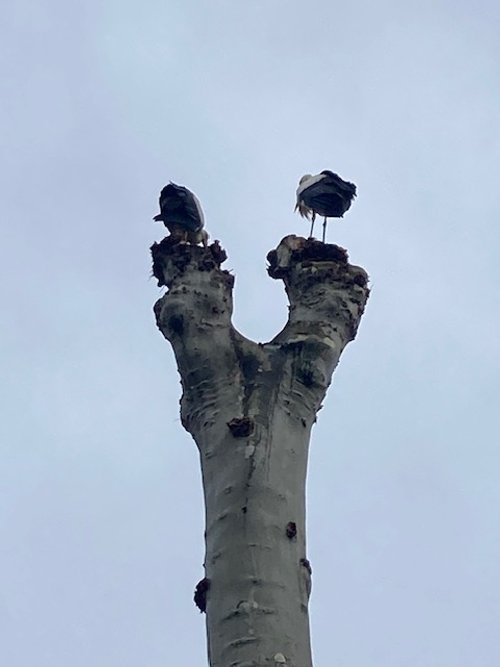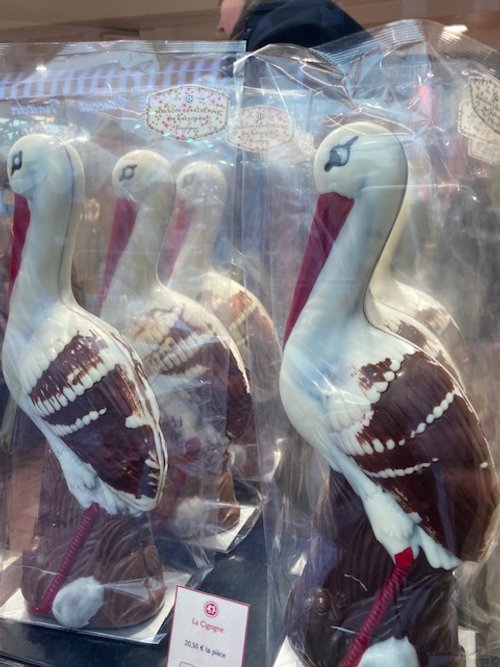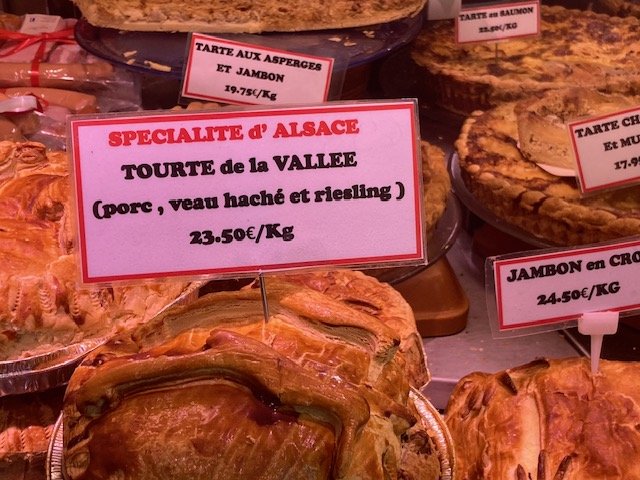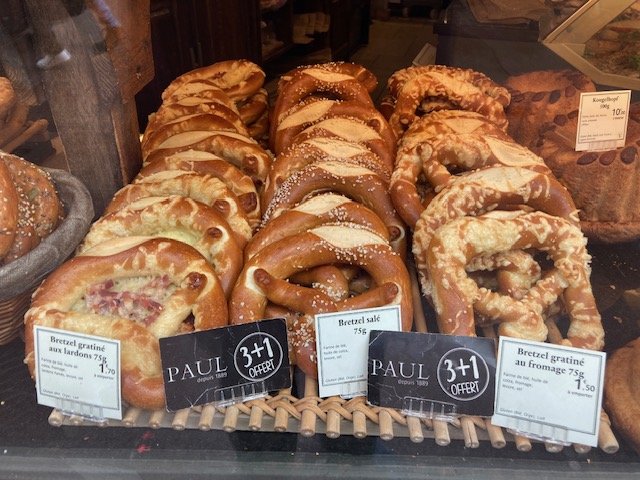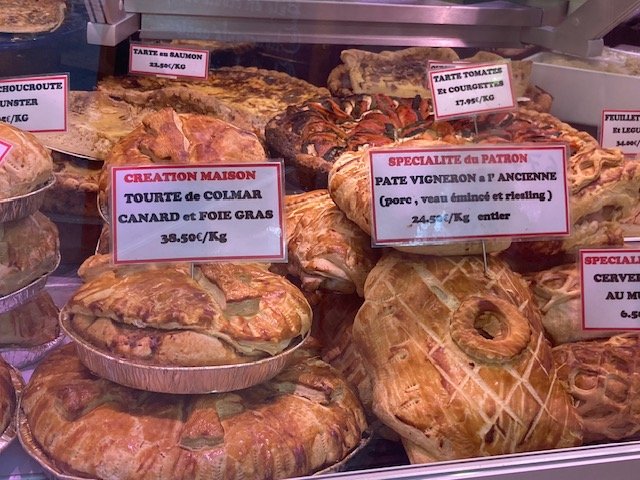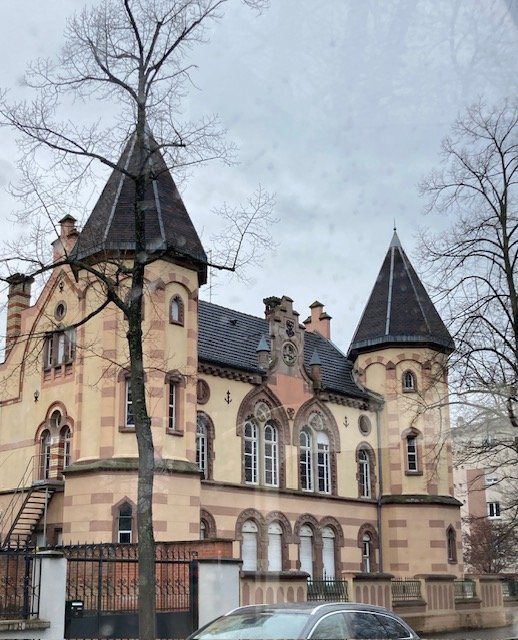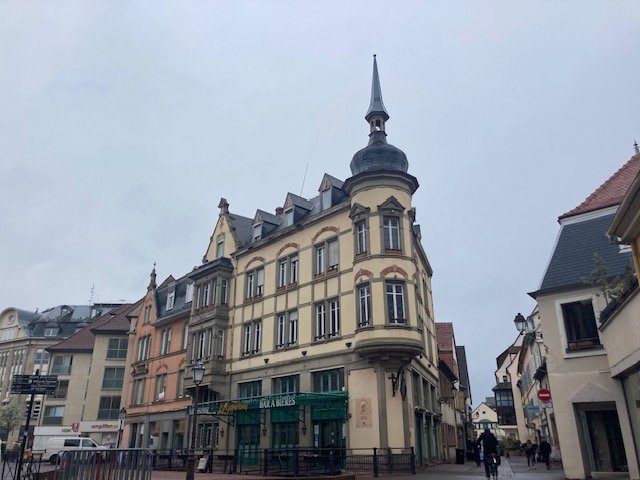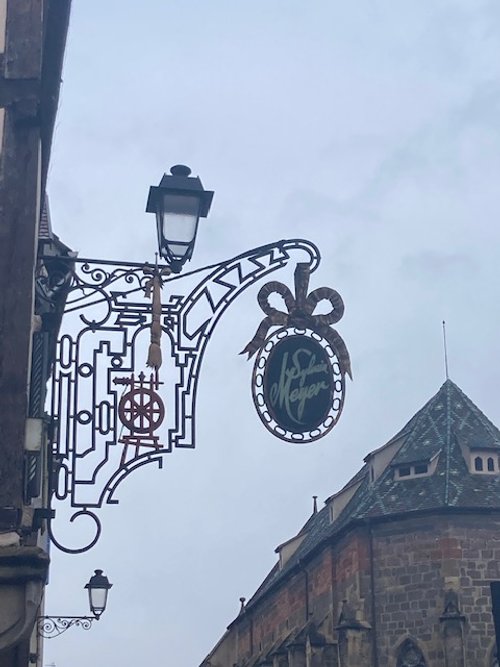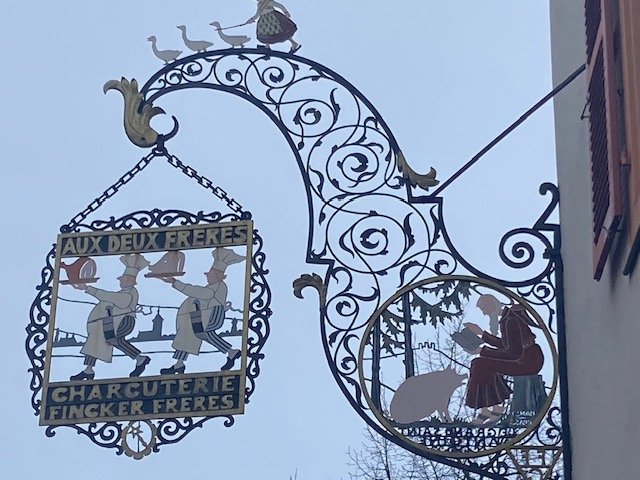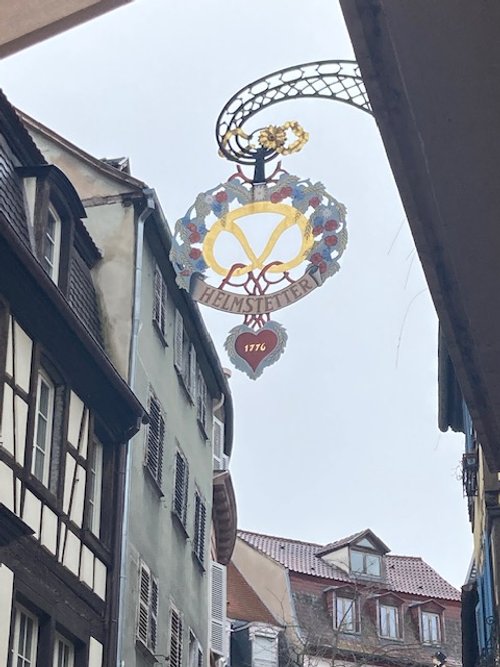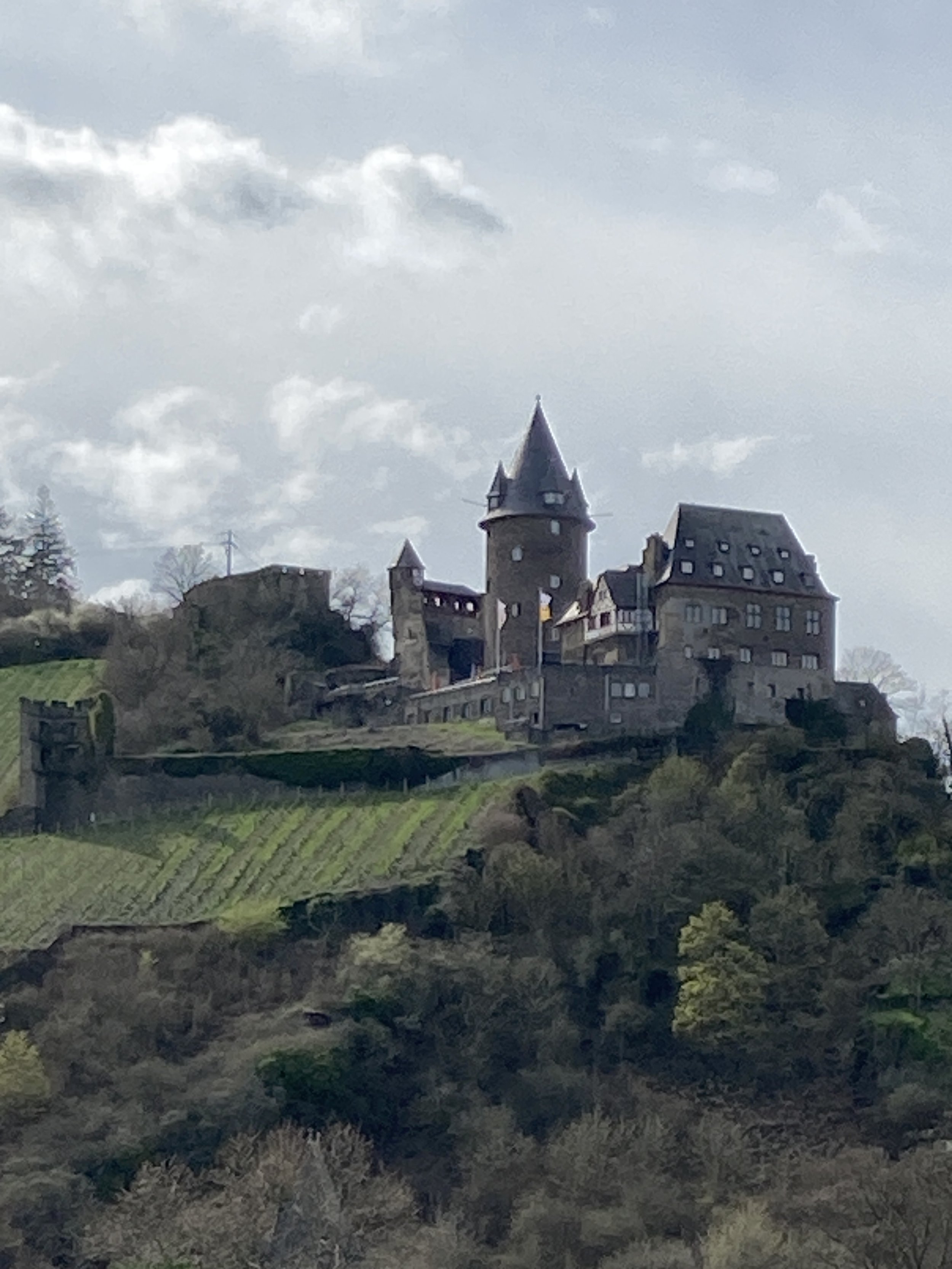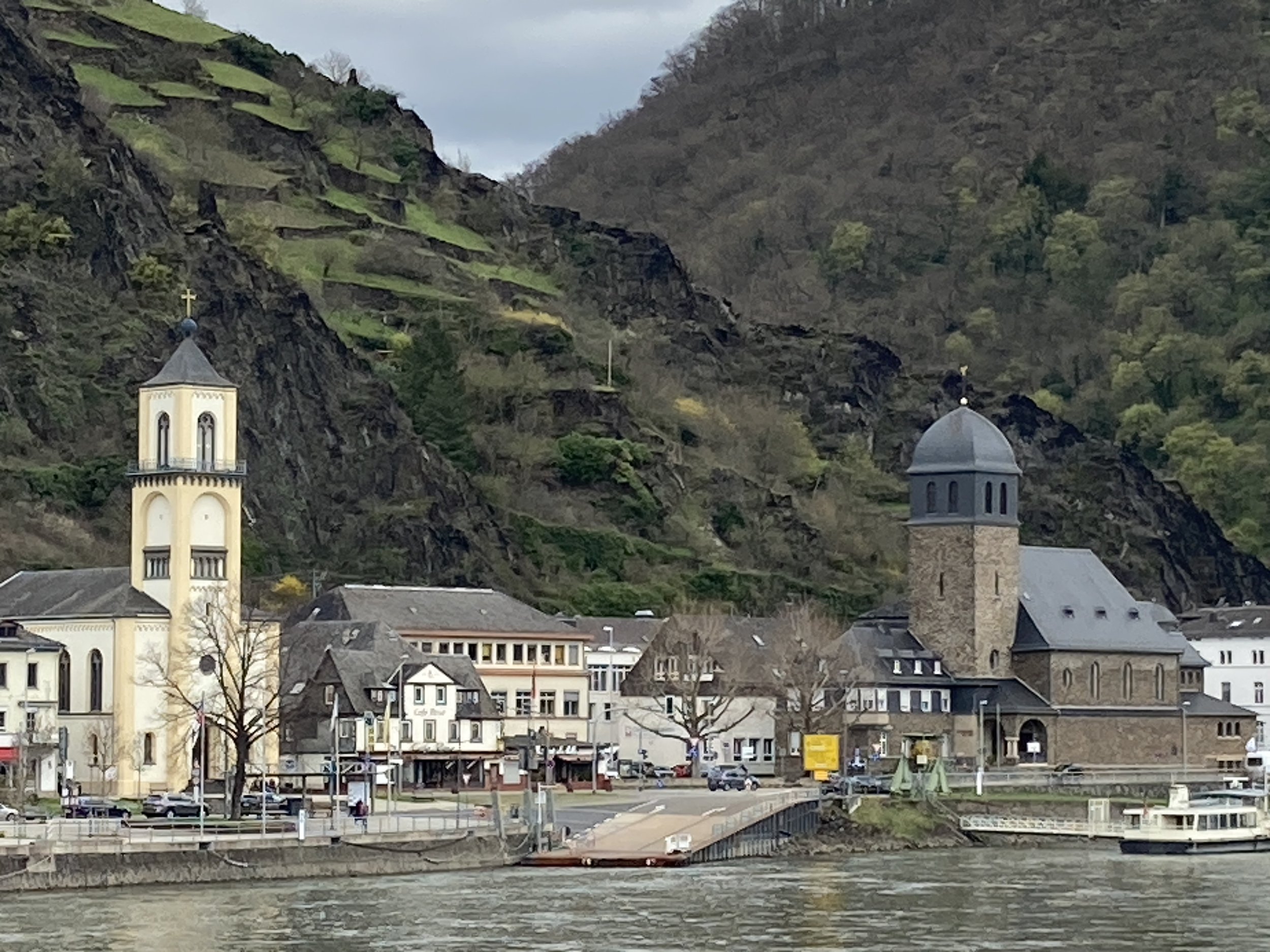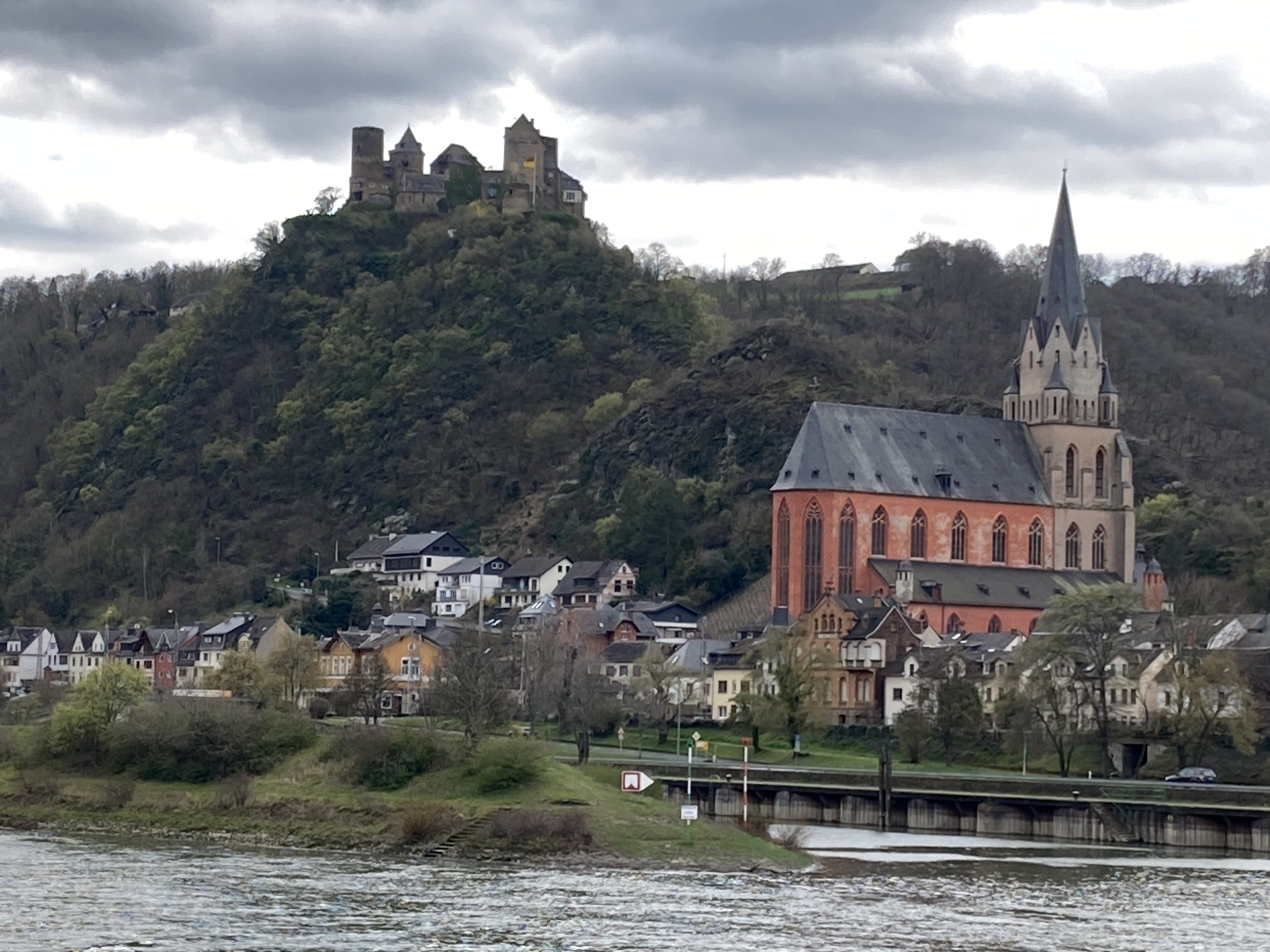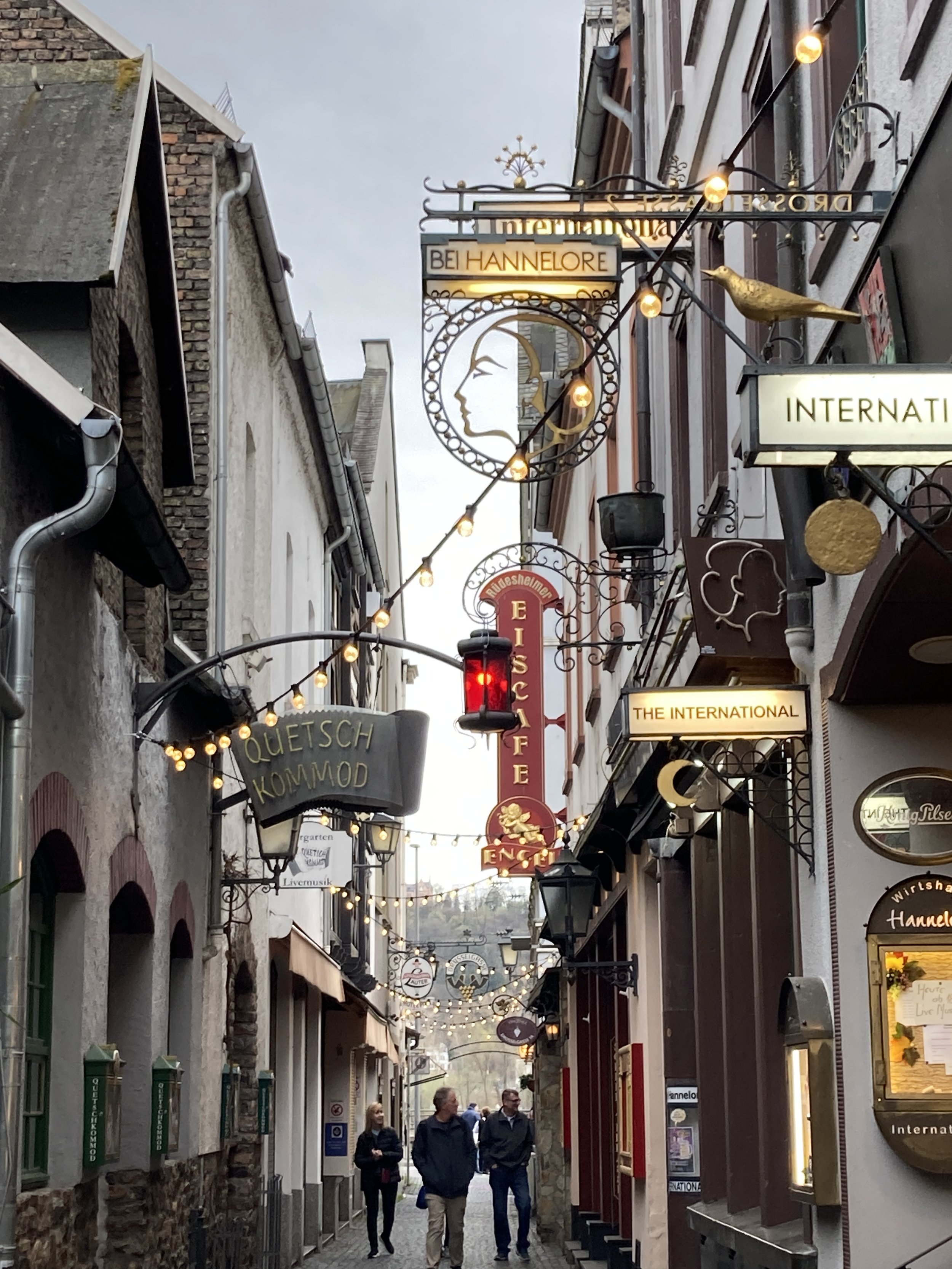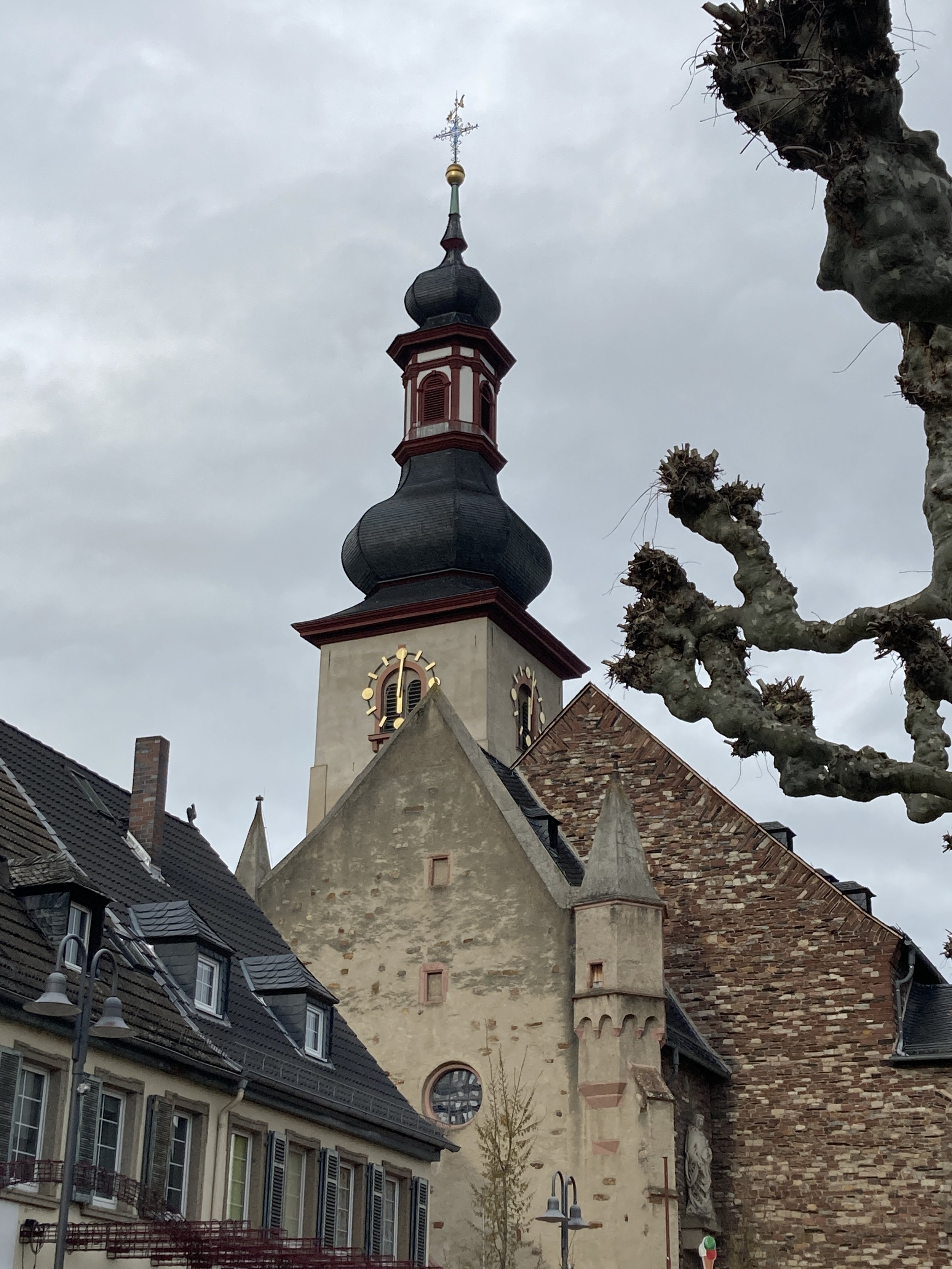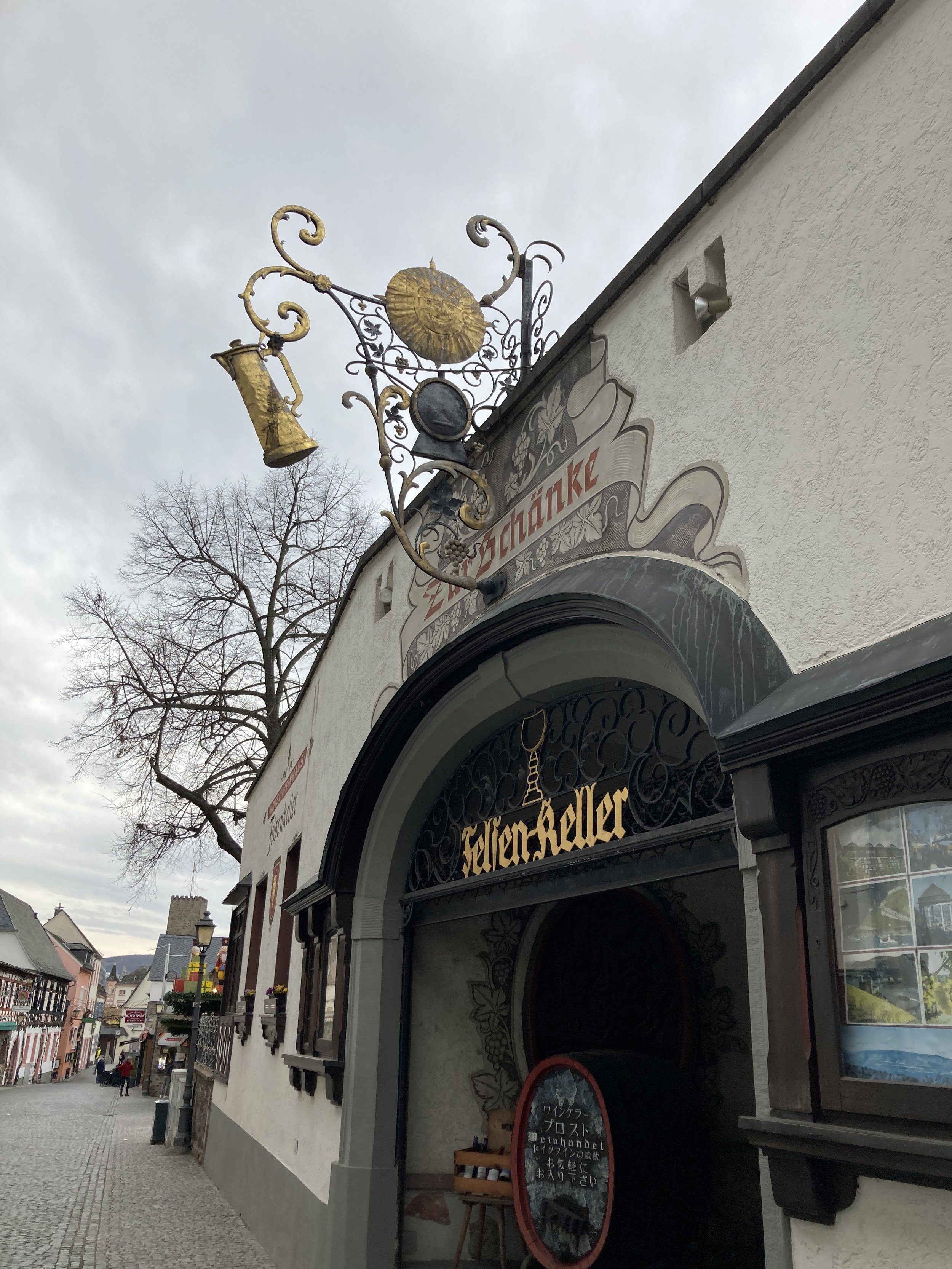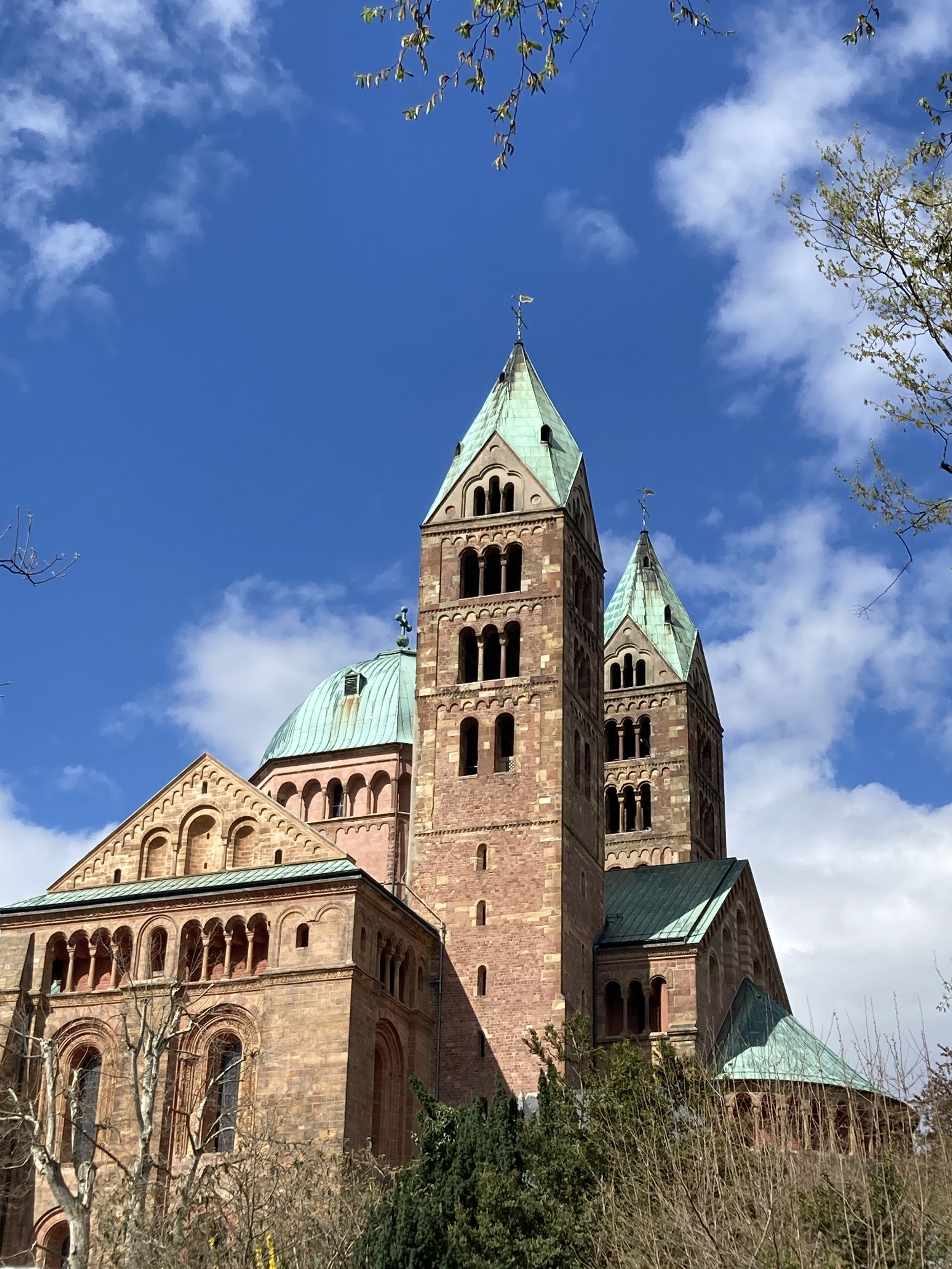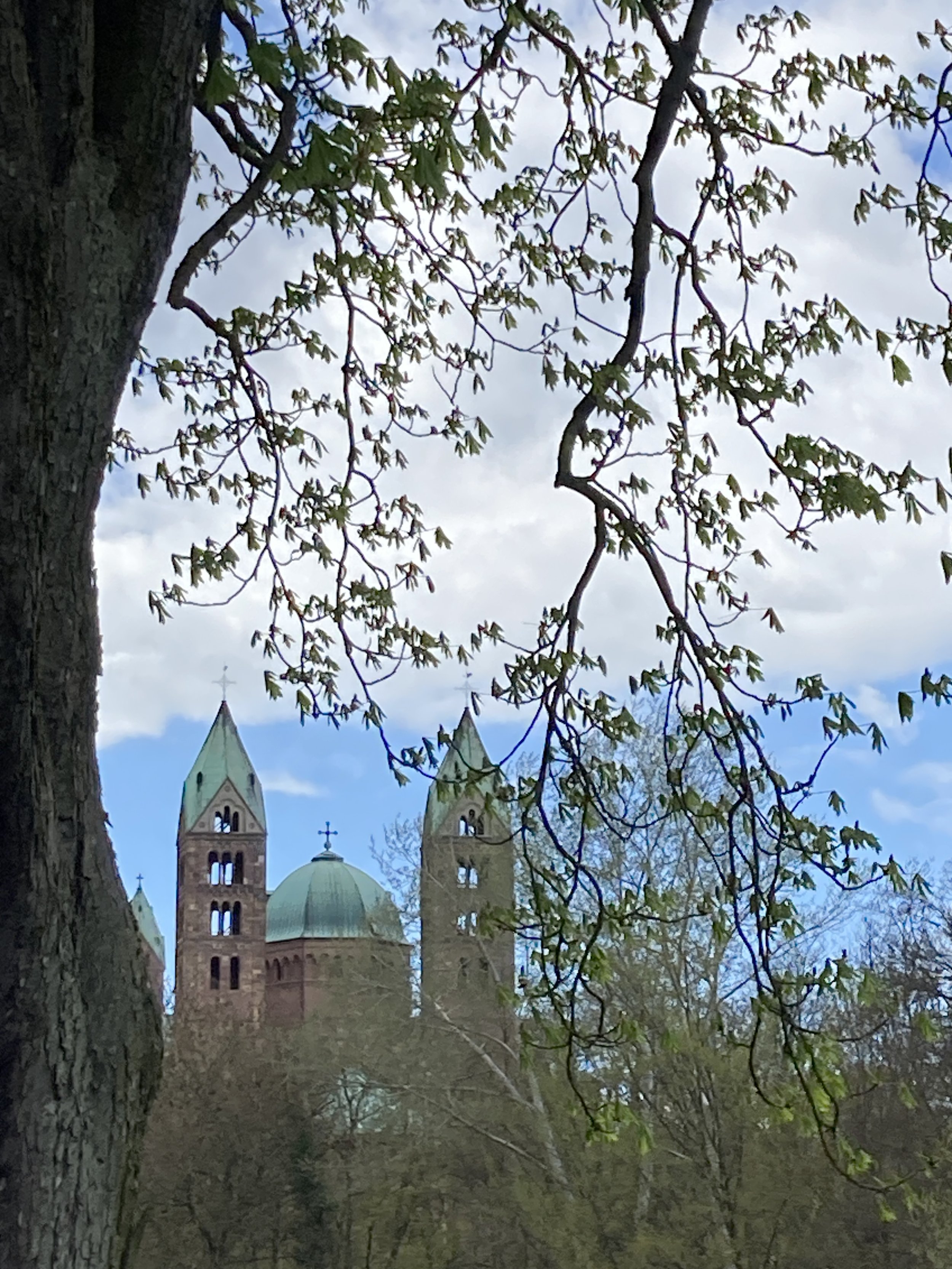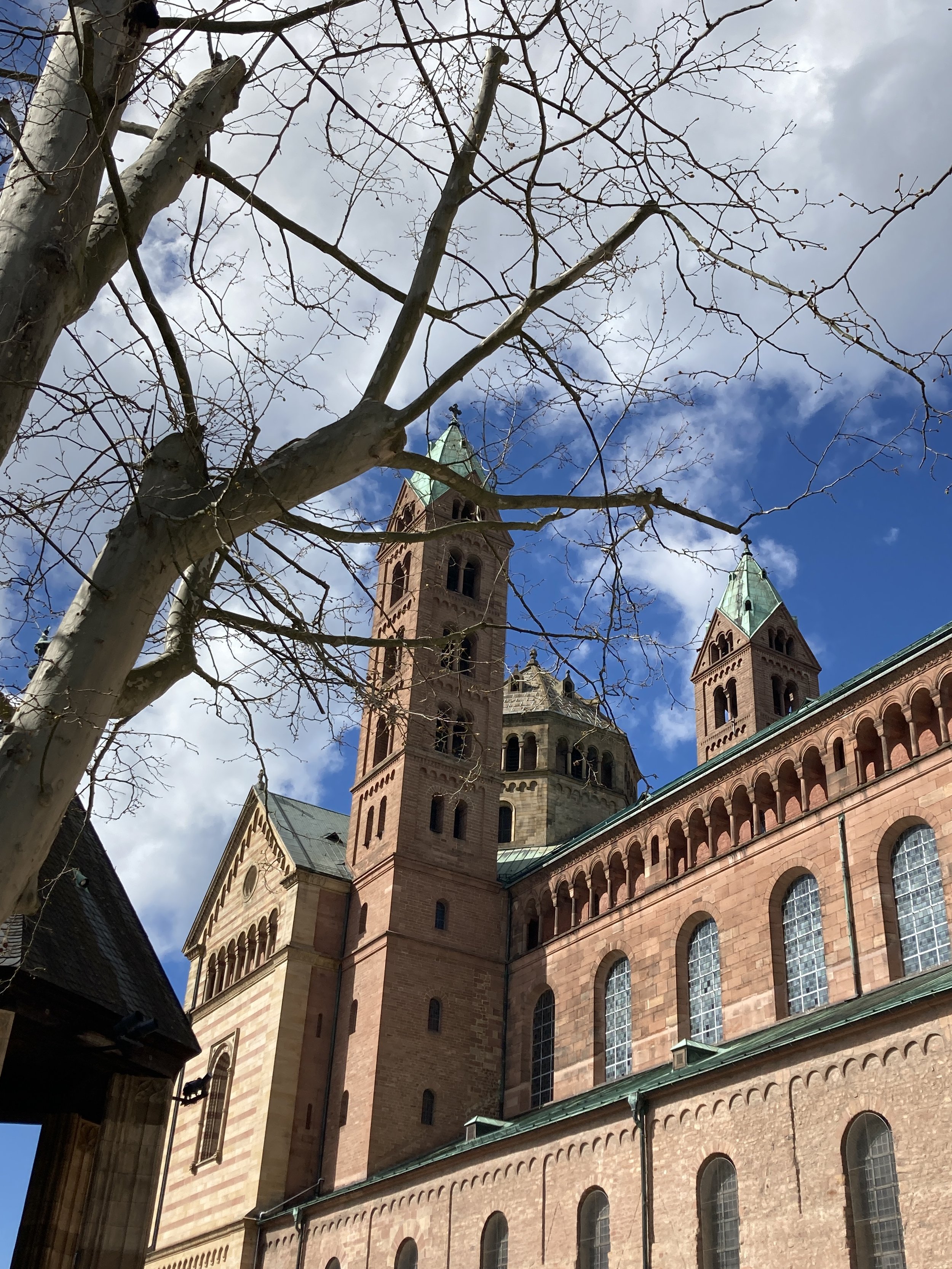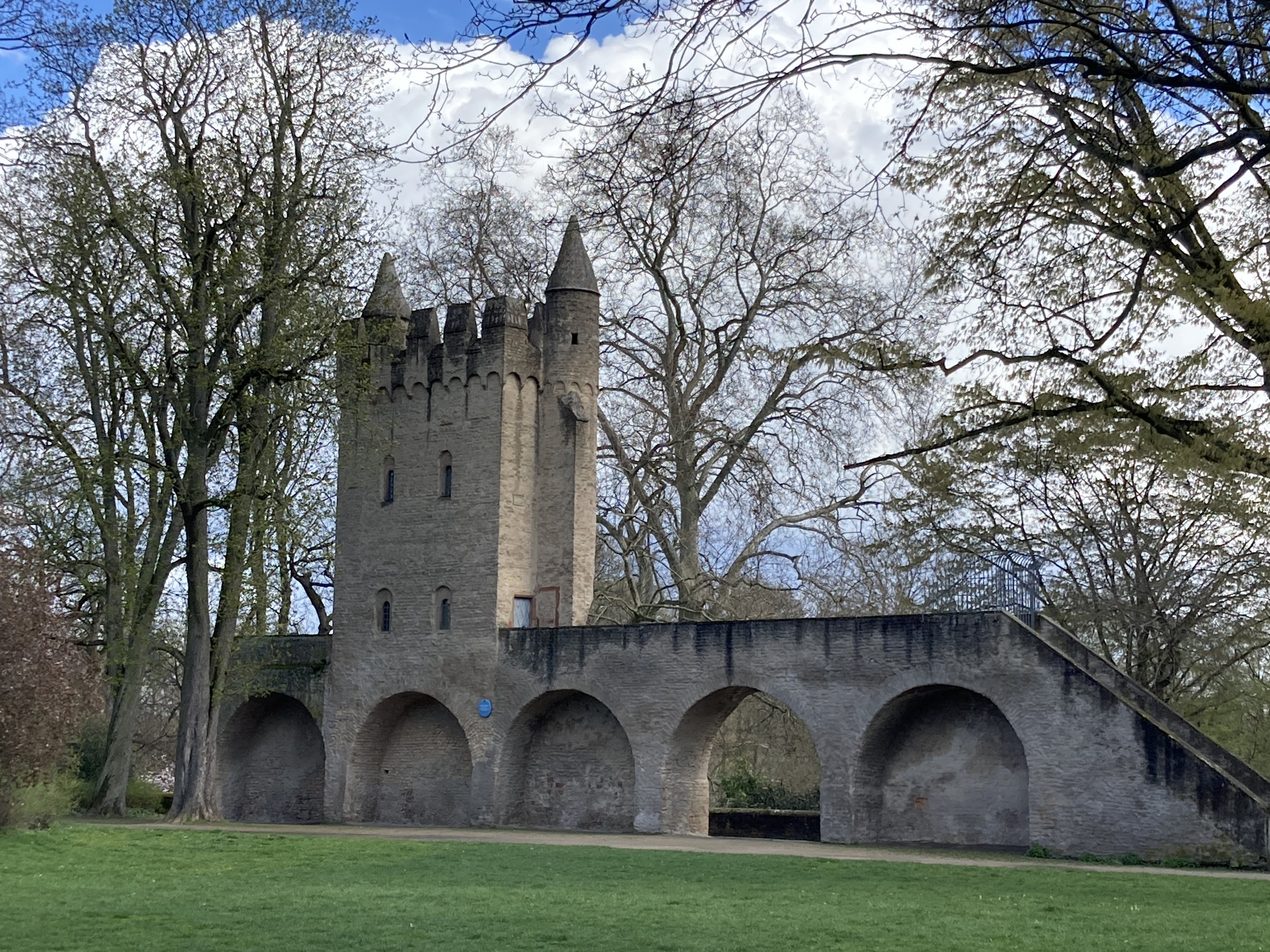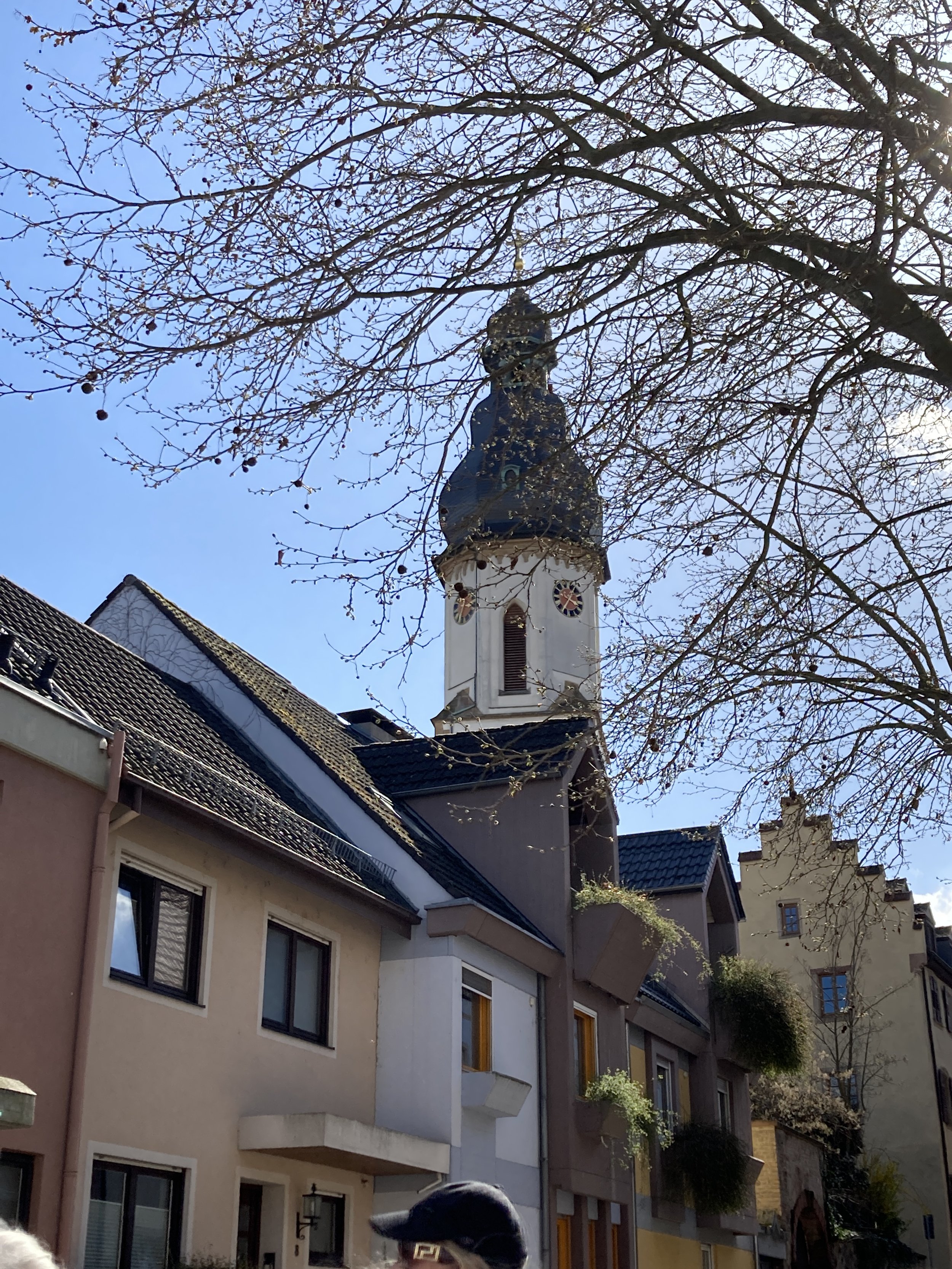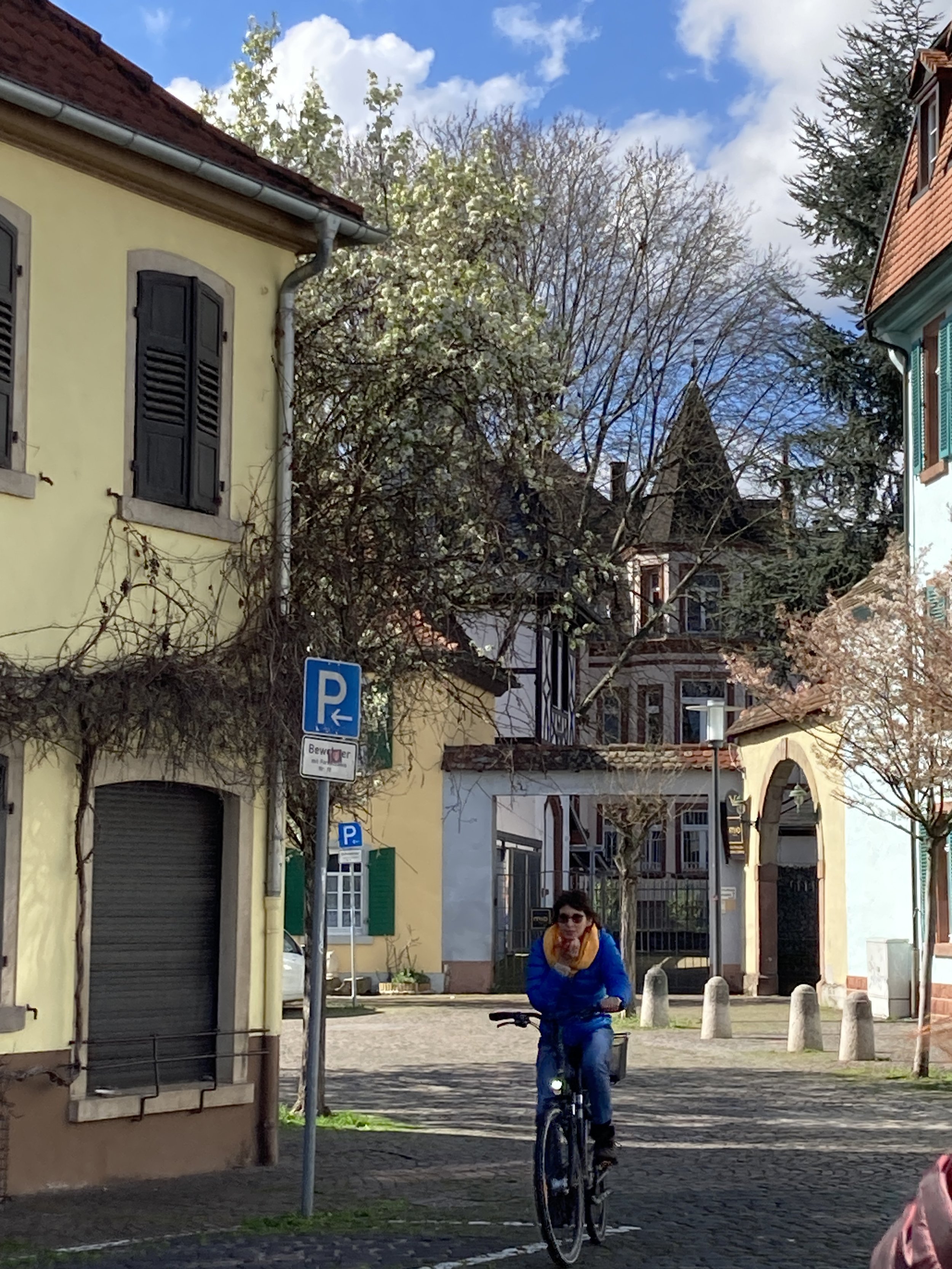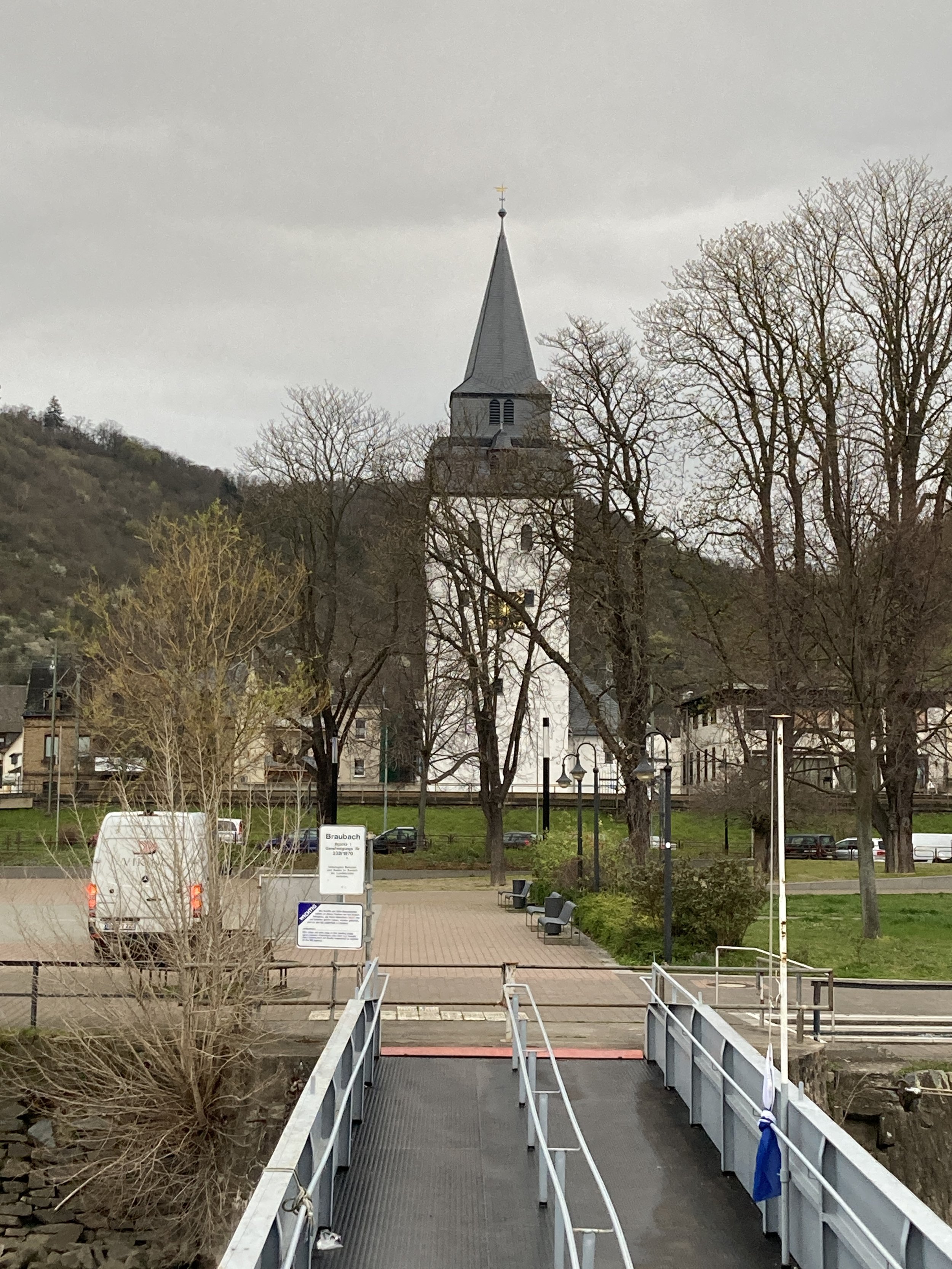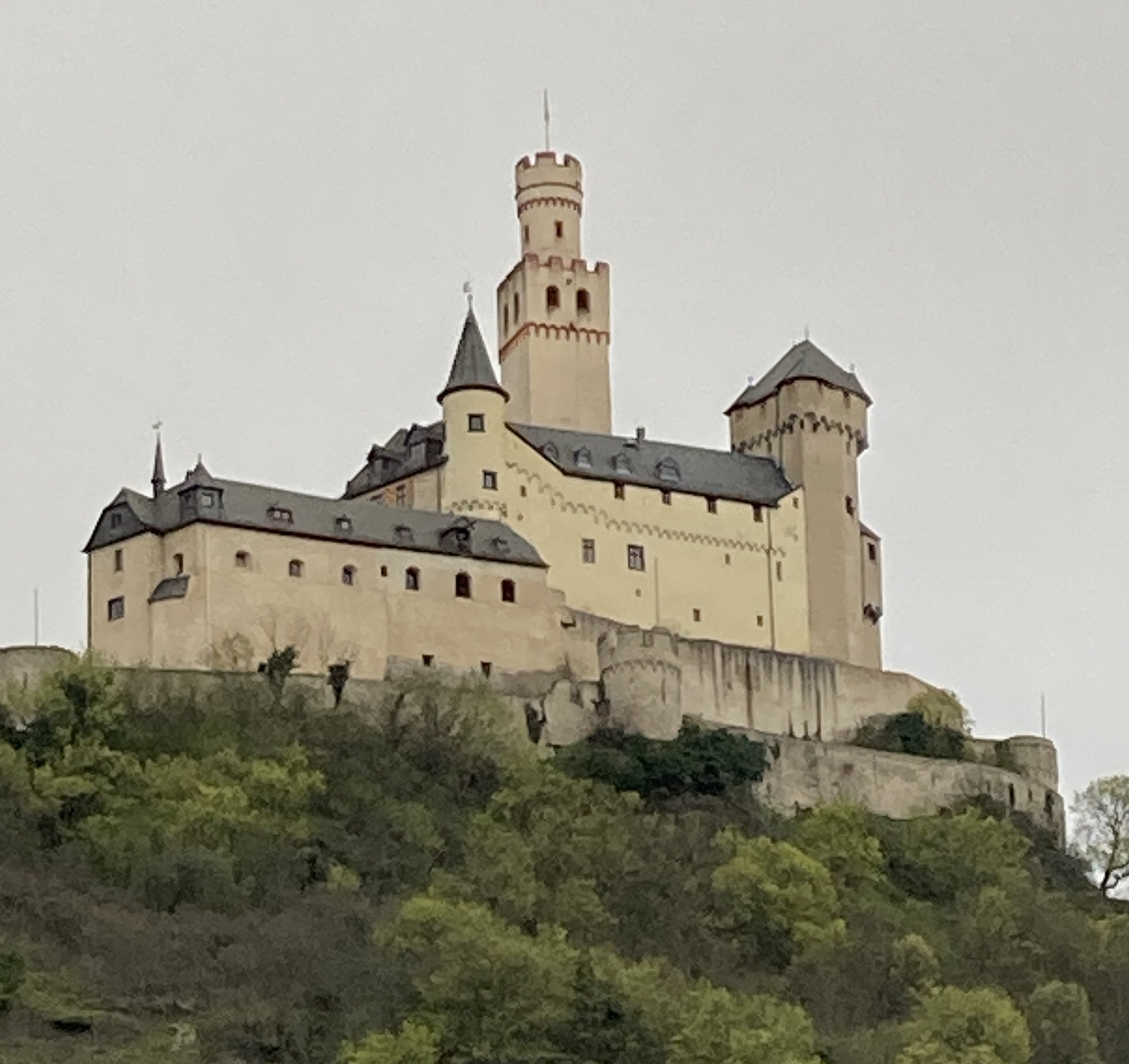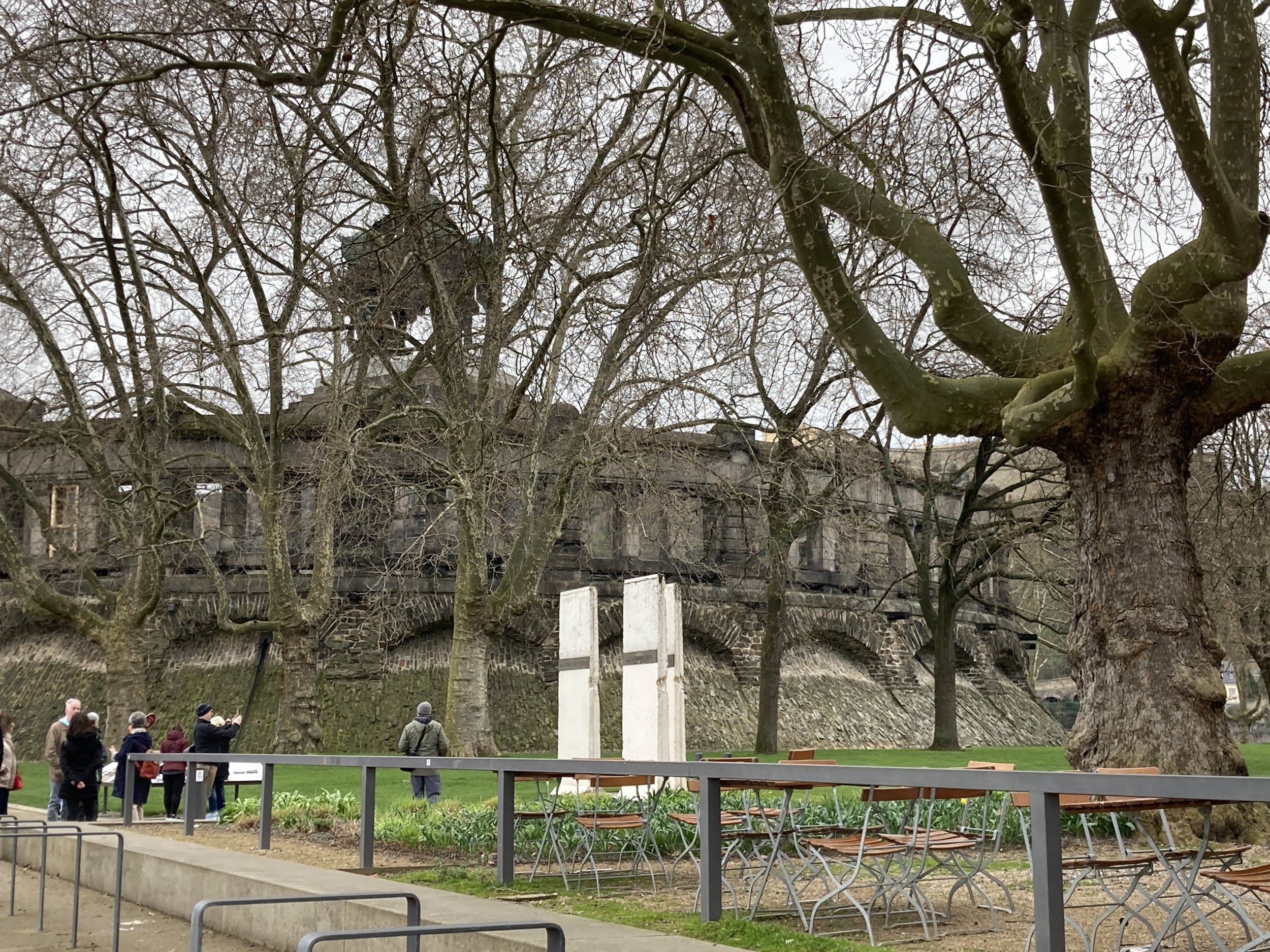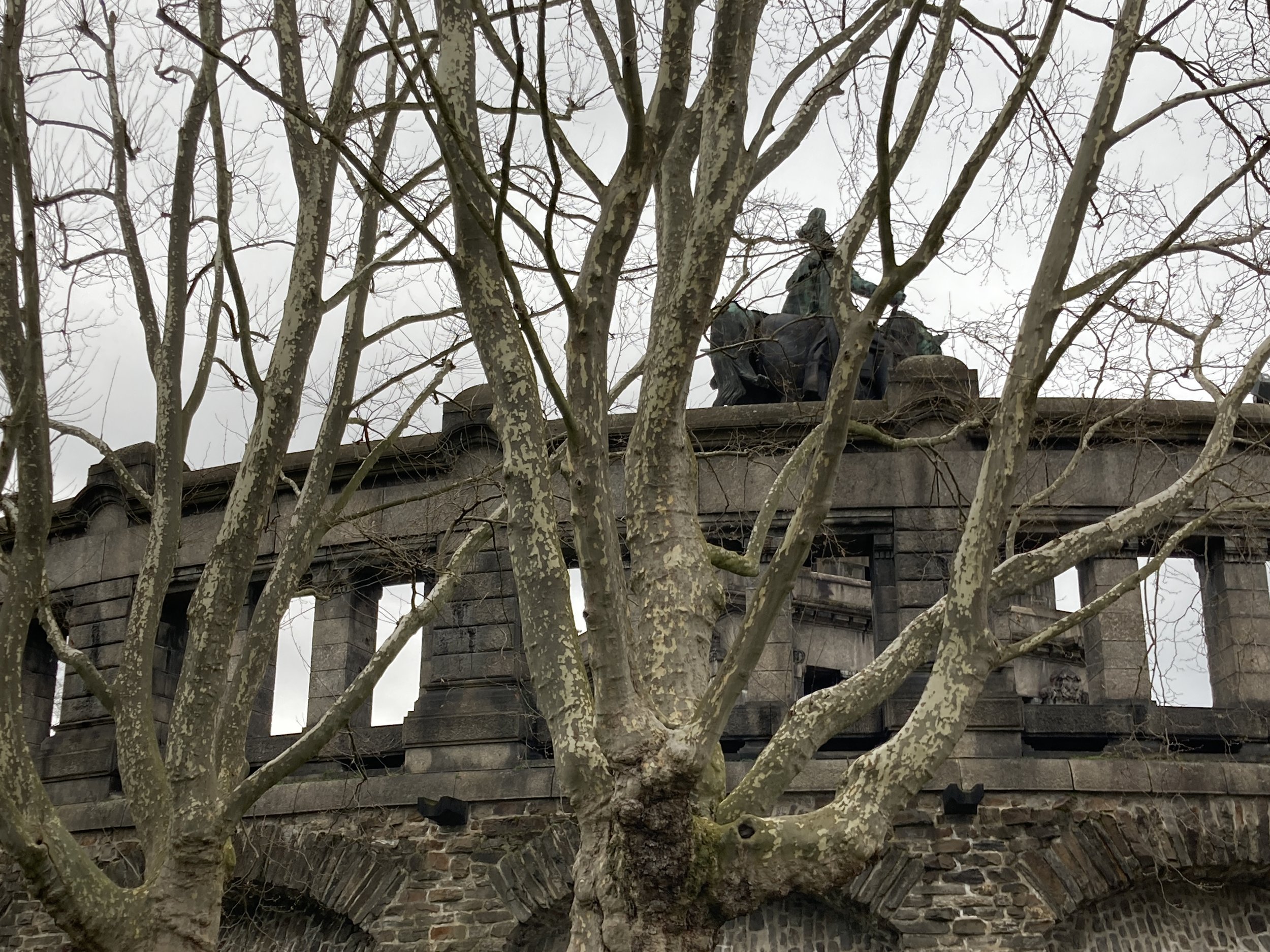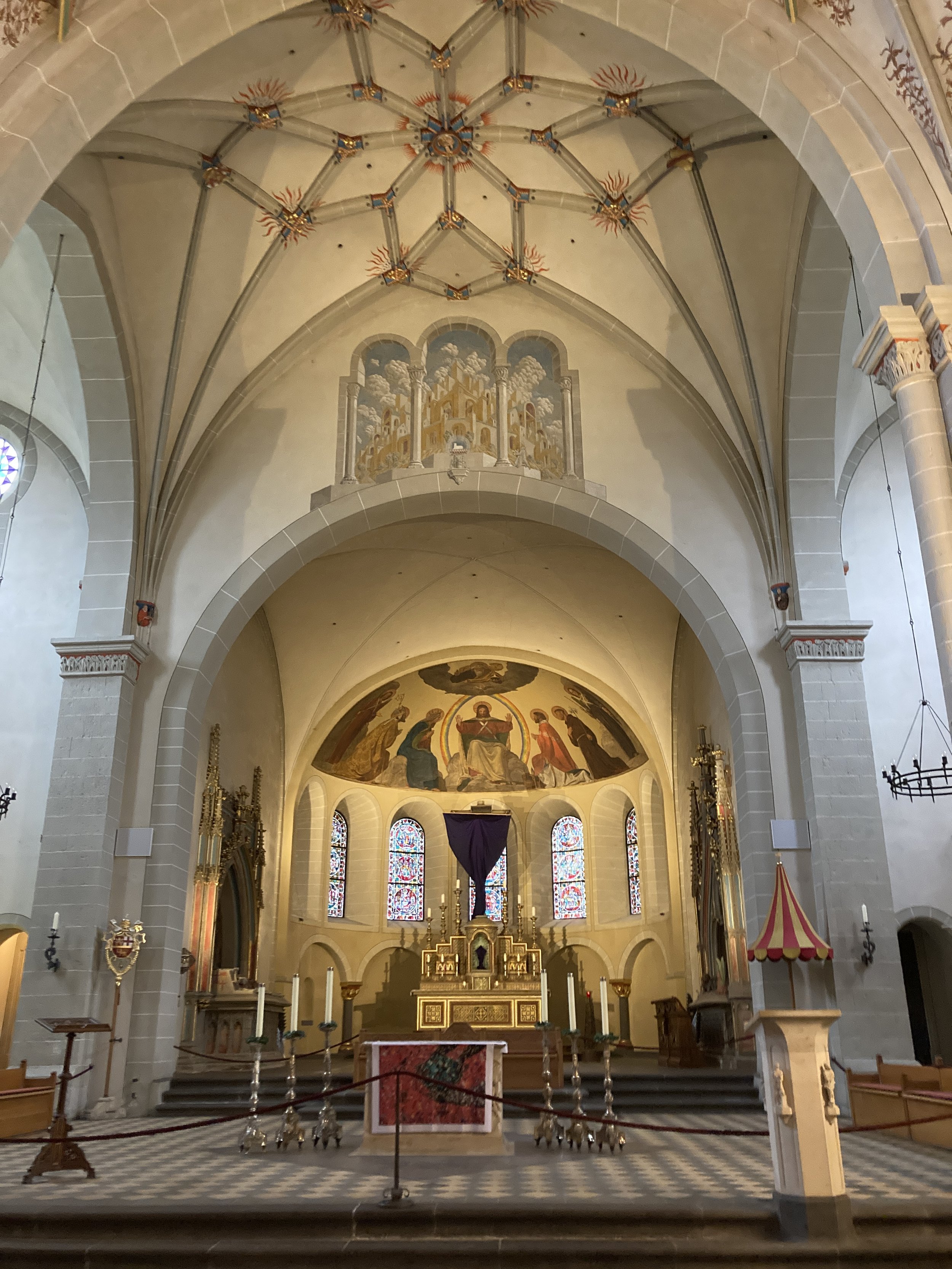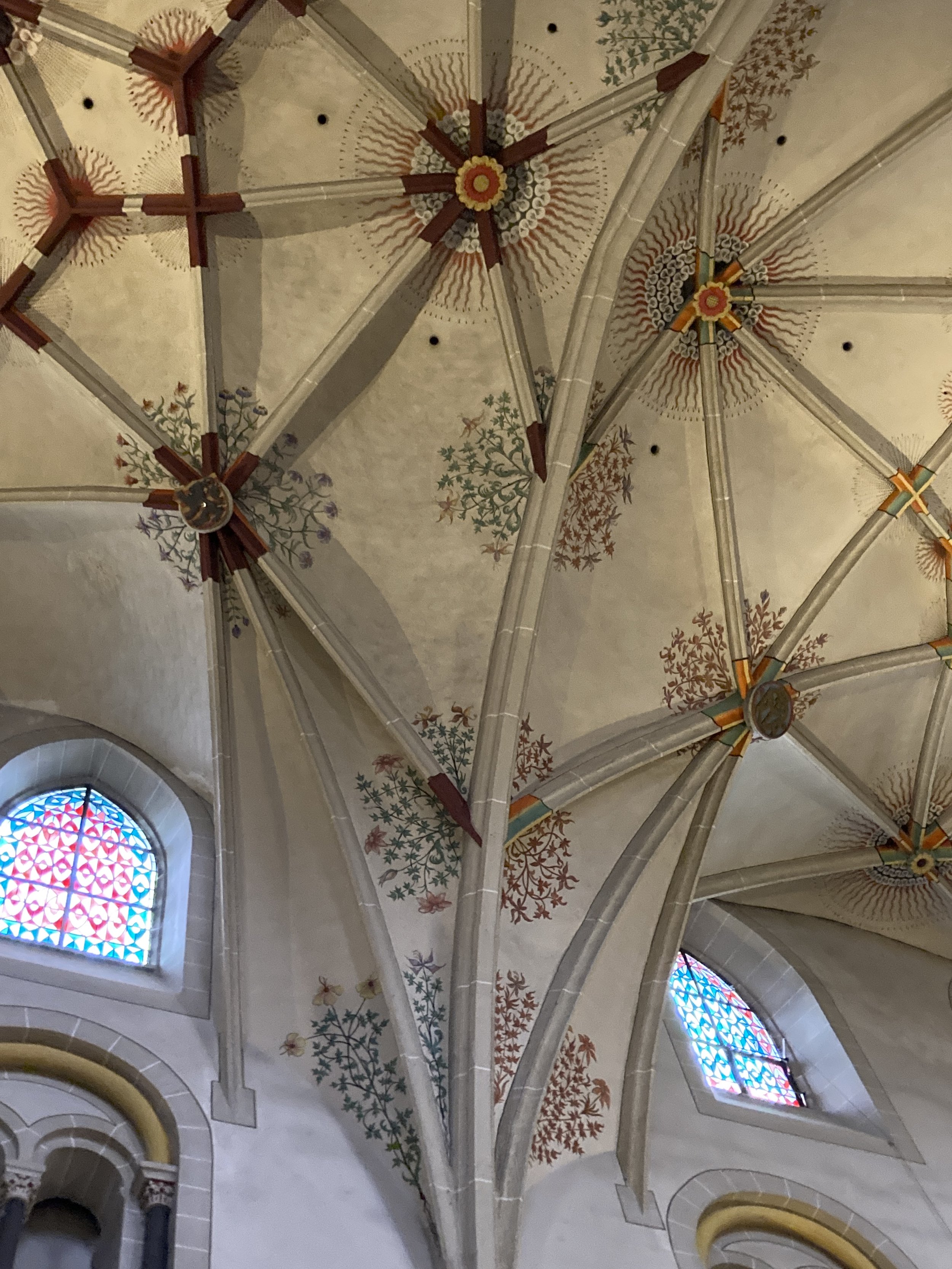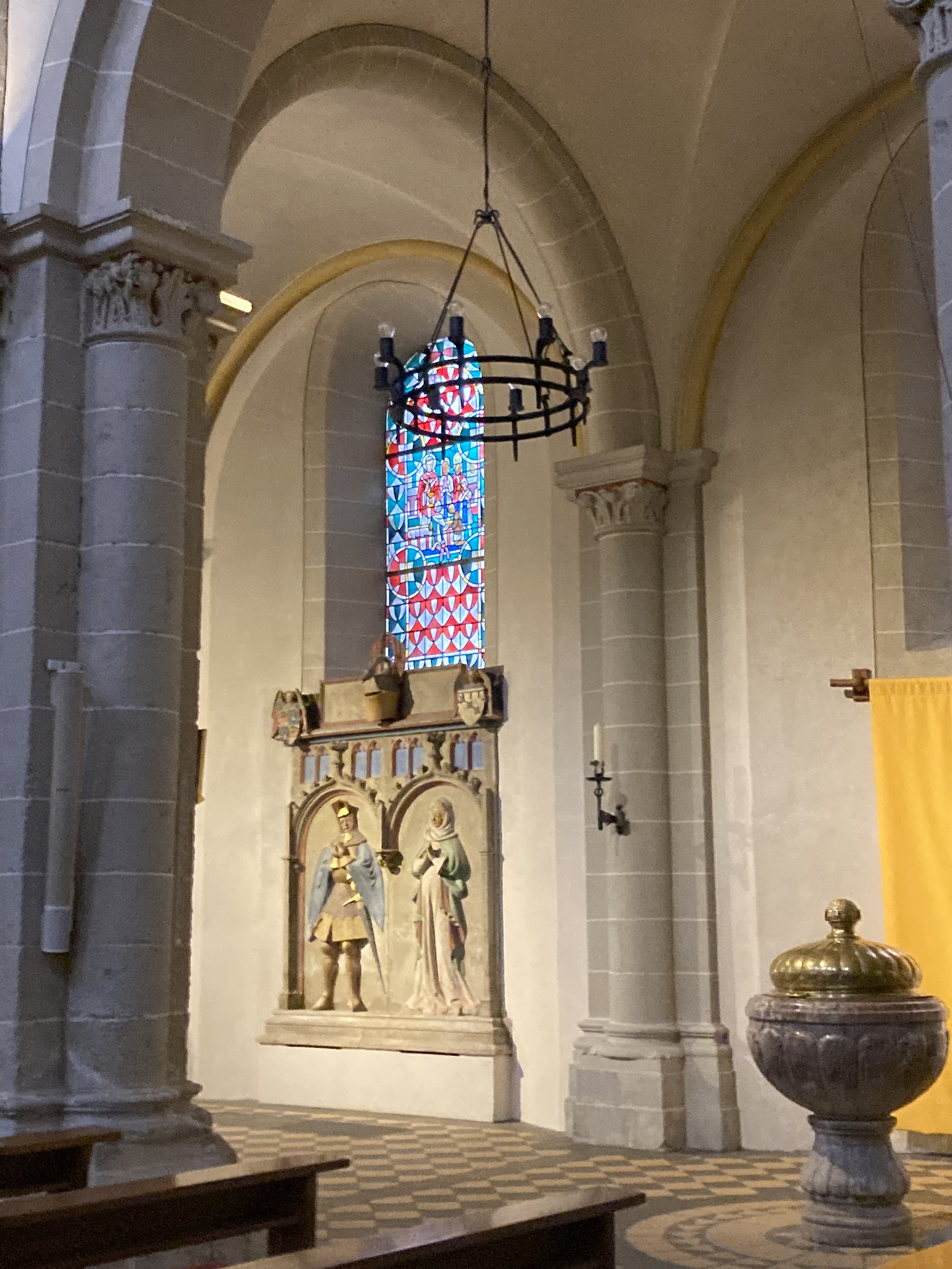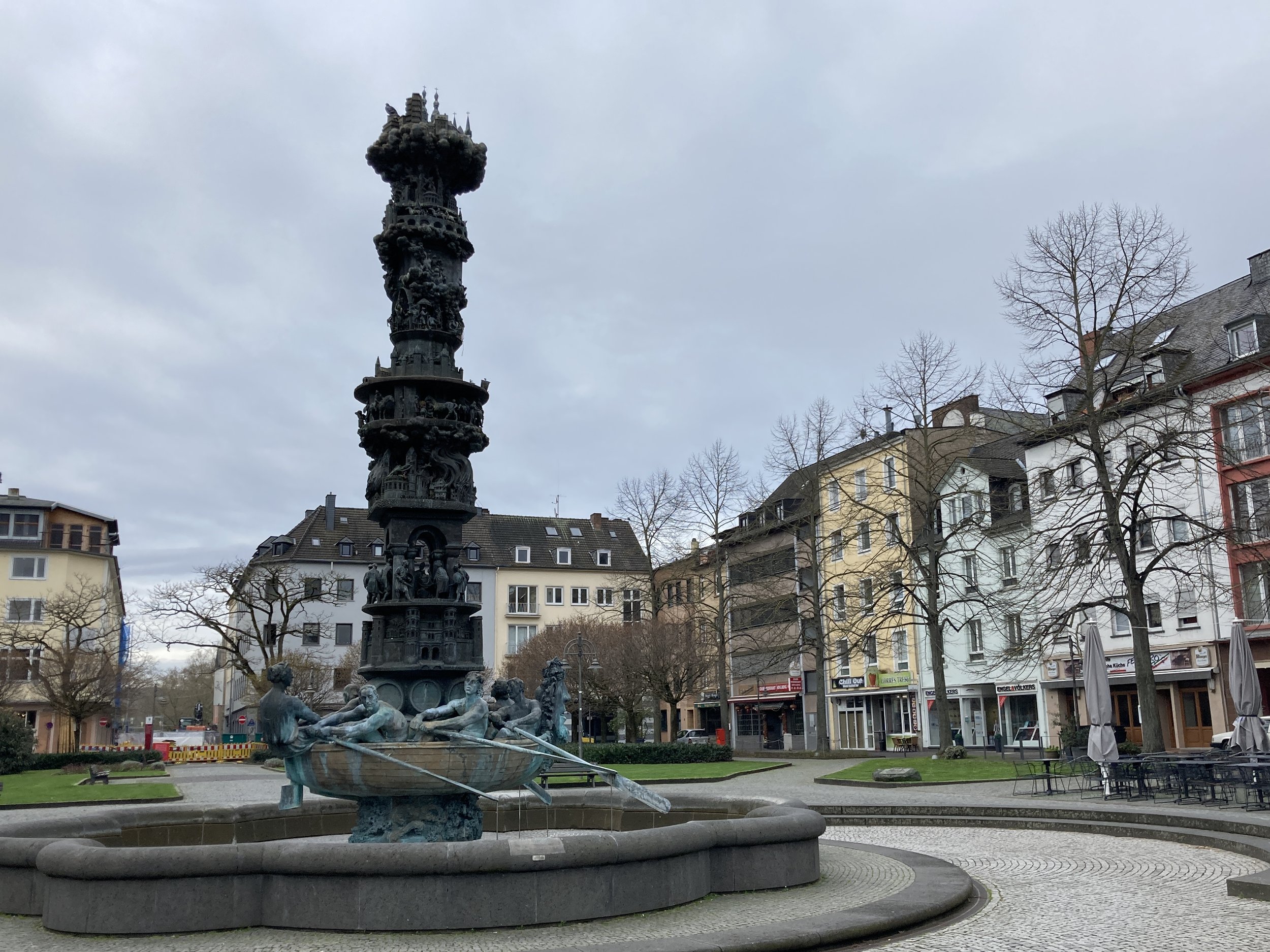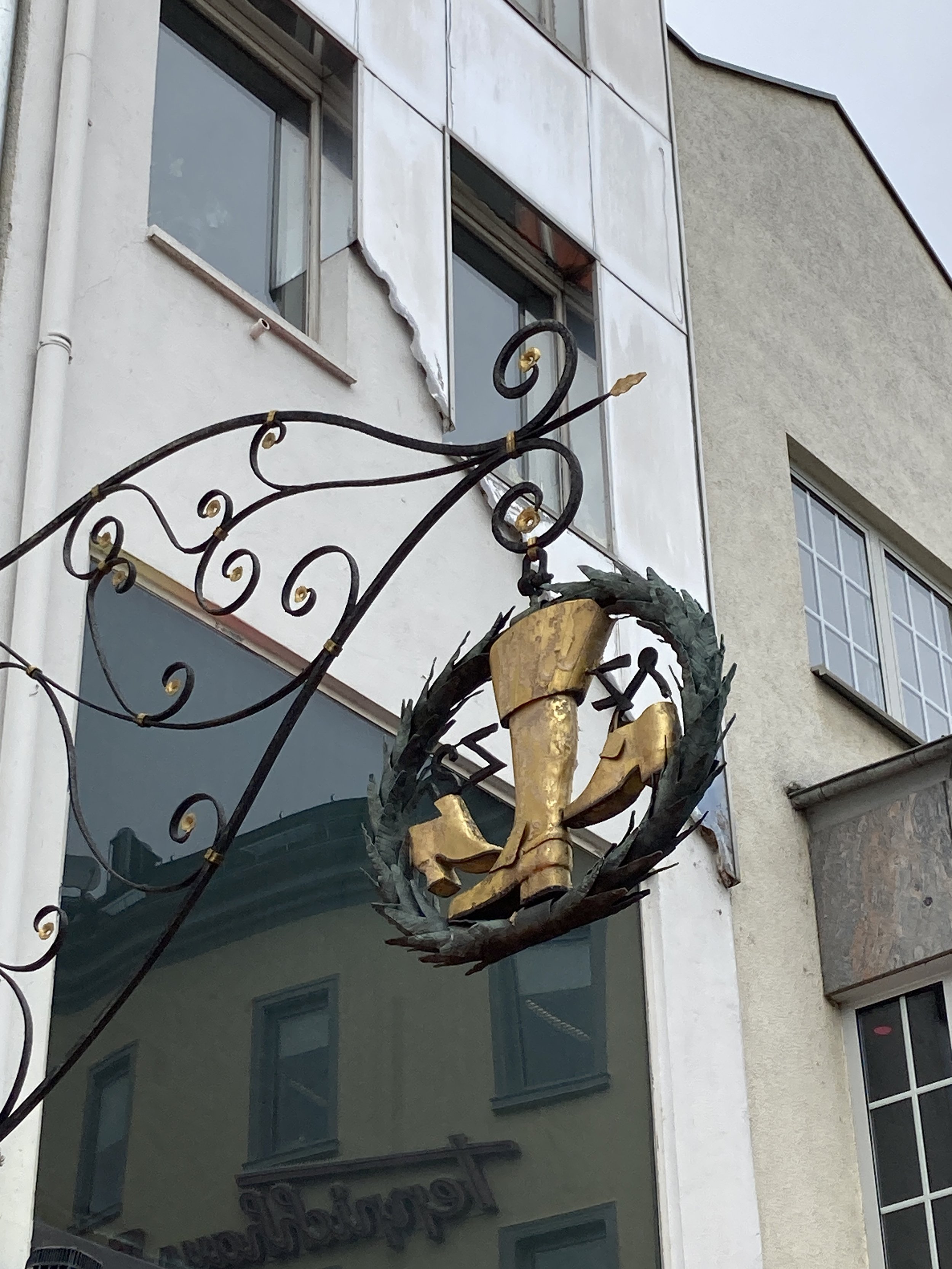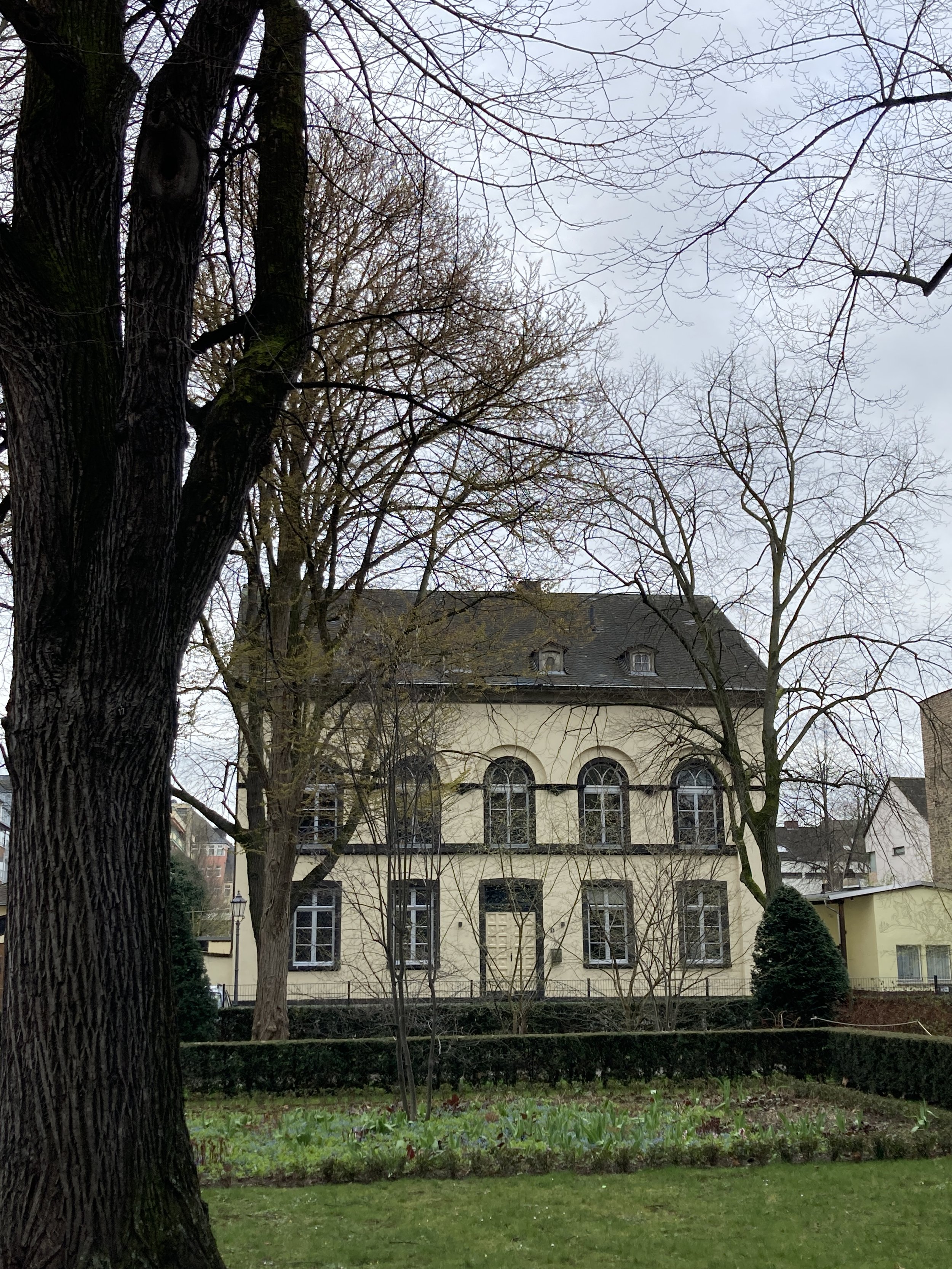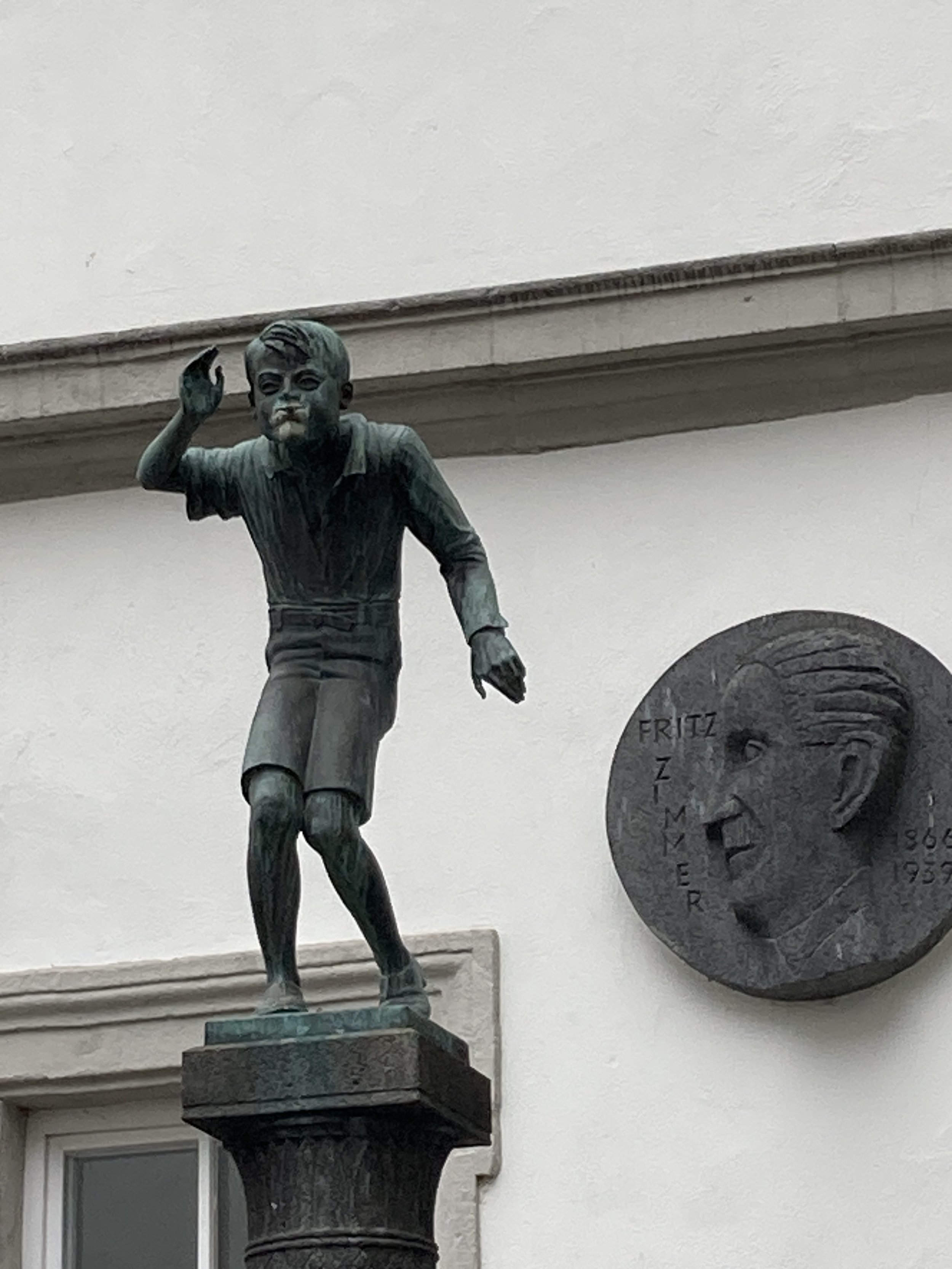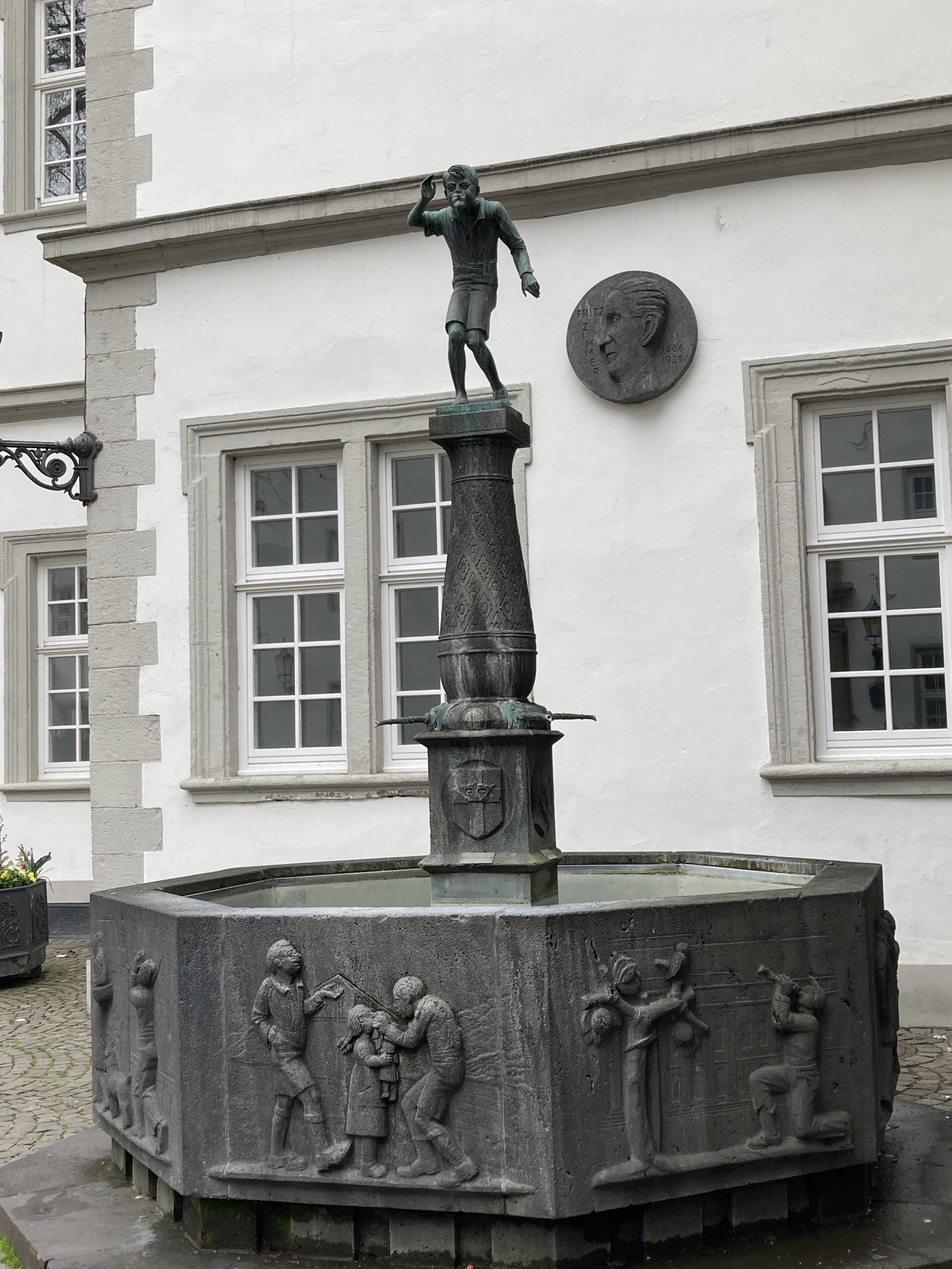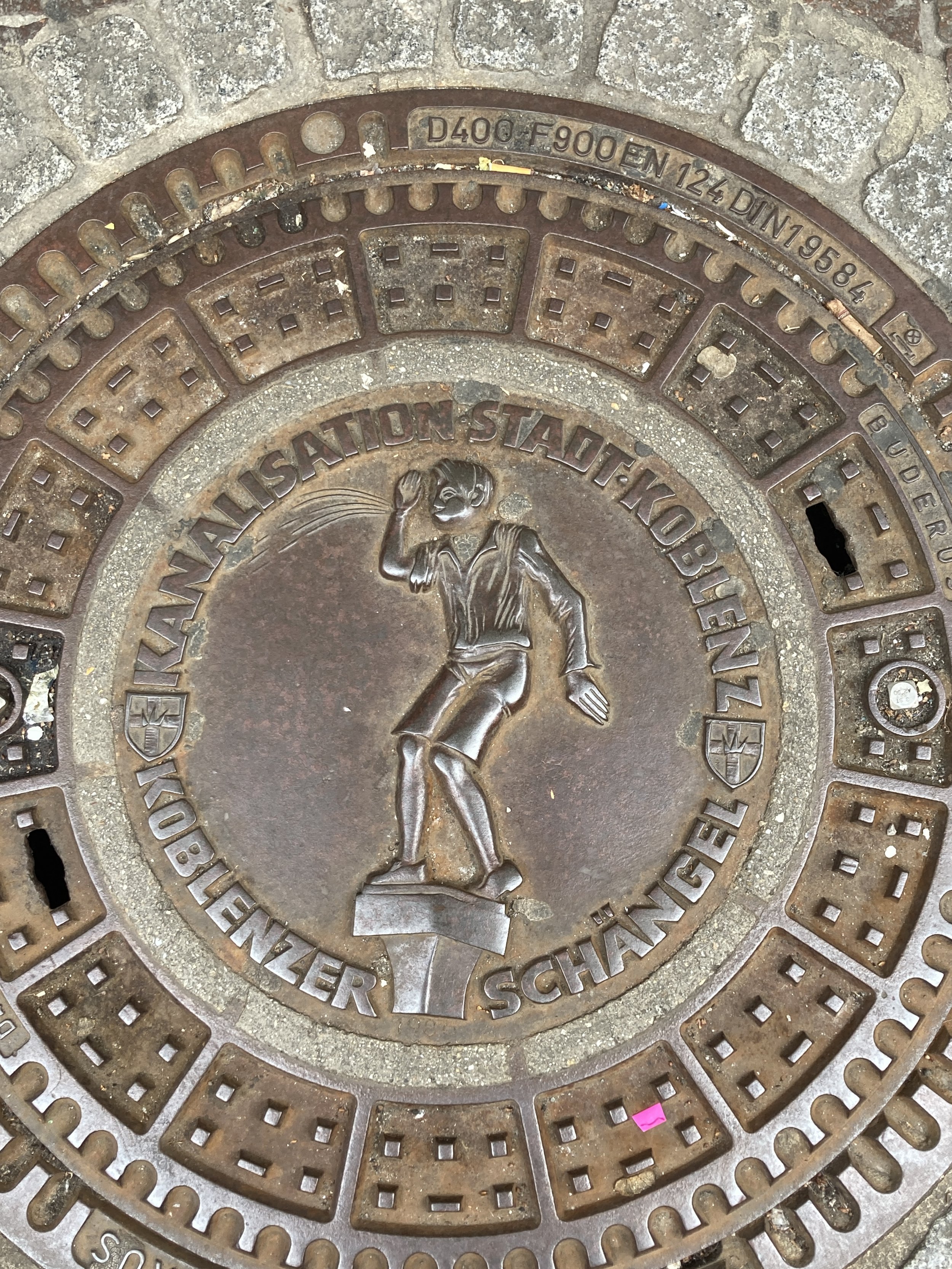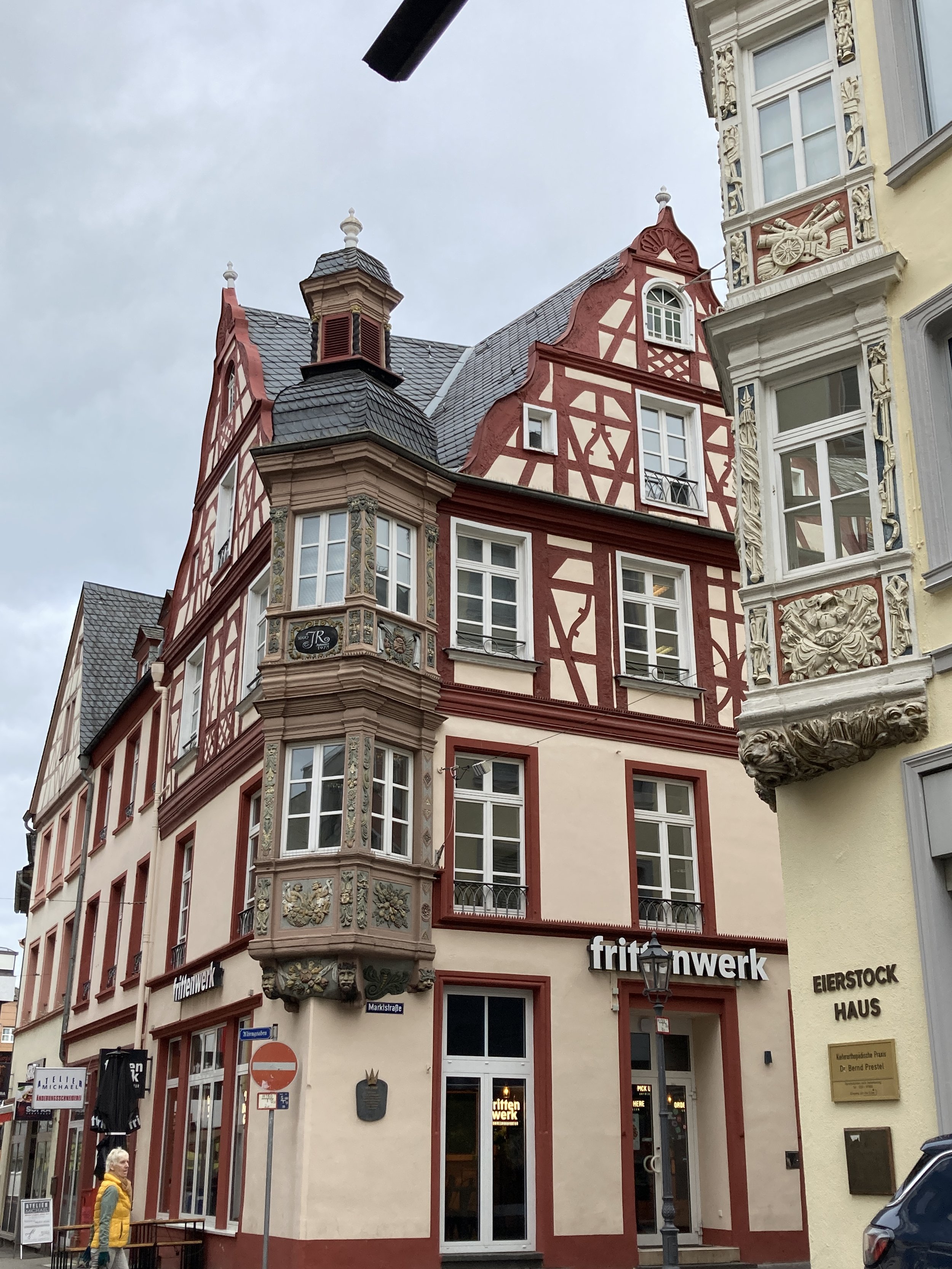A Walk Through Basel, Switzerland
Not Italy! This is the Vischer’scher Garten, a quiet park overlooking the Rhine River at the edge of Basel, Switzerland
I am busy wrapping up my summer visit to New Mexico and will head back to Lucca in the next few days. It’s always good to catch up with my family and friends here, but at the same time I am anxious to get back to Italy. This is especially true because fall is my very favorite time of year in Lucca. There is the fall garden festival to look forward to and all the Settembre Lucchese events and celebrations to anticipate. I am ready to go!
I anticipate a busy fall season - many visitors are expected (something I love) and I have some fall travel plans too. There will be lots to write about in the coming months. But right now I am caught up in last minute get-togethers with friends, packing, and closing up my New Mexico condo. I have to admit that blogging has taken a backseat this week, leaving me unsure about a topic for today.
Luckily, inspiration came during dinner with friends last evening. The topic of travel came up (no surprise there). They are planning a December trip which will include visits to Christmas markets in Switzerland and Italy. One of their stops will be Basel, a charming Swiss city near the borders of Germany and France, about an hour west of Zurich. I haven’t been to Basel in the winter so I am not familiar with the Christmas markets my friends’ will visit, but I did spend some time there in spring a couple of years ago and loved it.
Basel is a delightful and picturesque city. Two of its highlights involve water. First, the city is situated along the Rhine, which makes it a popular stop on Rhine River cruises, and makes for a wonderful landscape. Second is the multitude of fountains found throughout the city. Some are simple and others grand; there seems to be one around every corner in the historic part of Basel.
The architecture in Basel is stunning. The old town center has beautifully decorated Medieval buildings and historic churches. Typical Swiss style buildings can be seen throughout town - Basel is a visual delight.
I especially loved the decorative iron work signs hanging above the shops.
Basel is known for its many museums but on my short stay I only had time to visit one. The music museum was a highlight for me. It has Switzerland’s largest collection of instruments, some centuries old, from throughout Europe. There are 15th century drums, horns of all types, string instruments, pianos and more - many with unique shapes or made of unique materials.
No visit to a Swiss town would be complete without sampling some of the foods. From morning pastries to a fondue dinner, with flaming Crepes Suzette for dessert, Basel’s food did not disappoint.
So, this week, with my friends’ upcoming trip in mind, I will let these photos take us all on a walk through Basel. I hope it will build the anticipation for my friends. It certainly makes me want to return!
This old poster captures Basel well - the river, the old town, the church spires.
